Recruiting
Shining a light behind the design team, rituals, and culture
Joining a new company as a designer can be a scary experience. The interview process is often very short, and it’s difficult to gleam the inner workings of the design team, the culture, the rituals, design systems, and so on. Essentially, you’re trying to understand and gauge what you’re getting yourself into!
I wanted to provide a behind-the-scenes look for future candidates joining the Properly design team. Together with my design team, we created the “Welcome to Properly Design” presentation. It highlights our team, our principles, our meetings, interview process, and projects a future candidate might work on.
This presentation will grow and morph as the design team grows, but it’s been a game changer when talking to candidates.

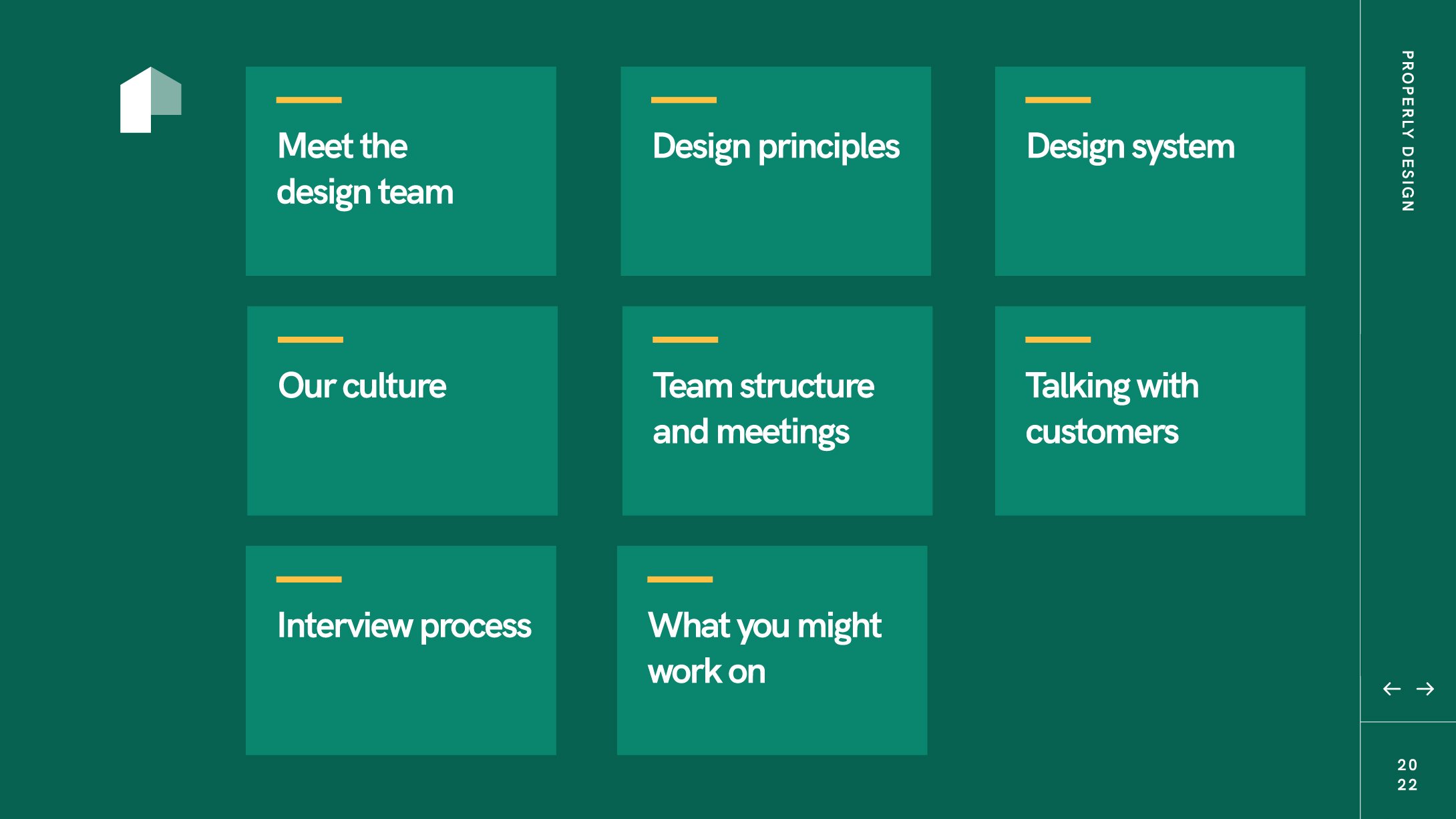
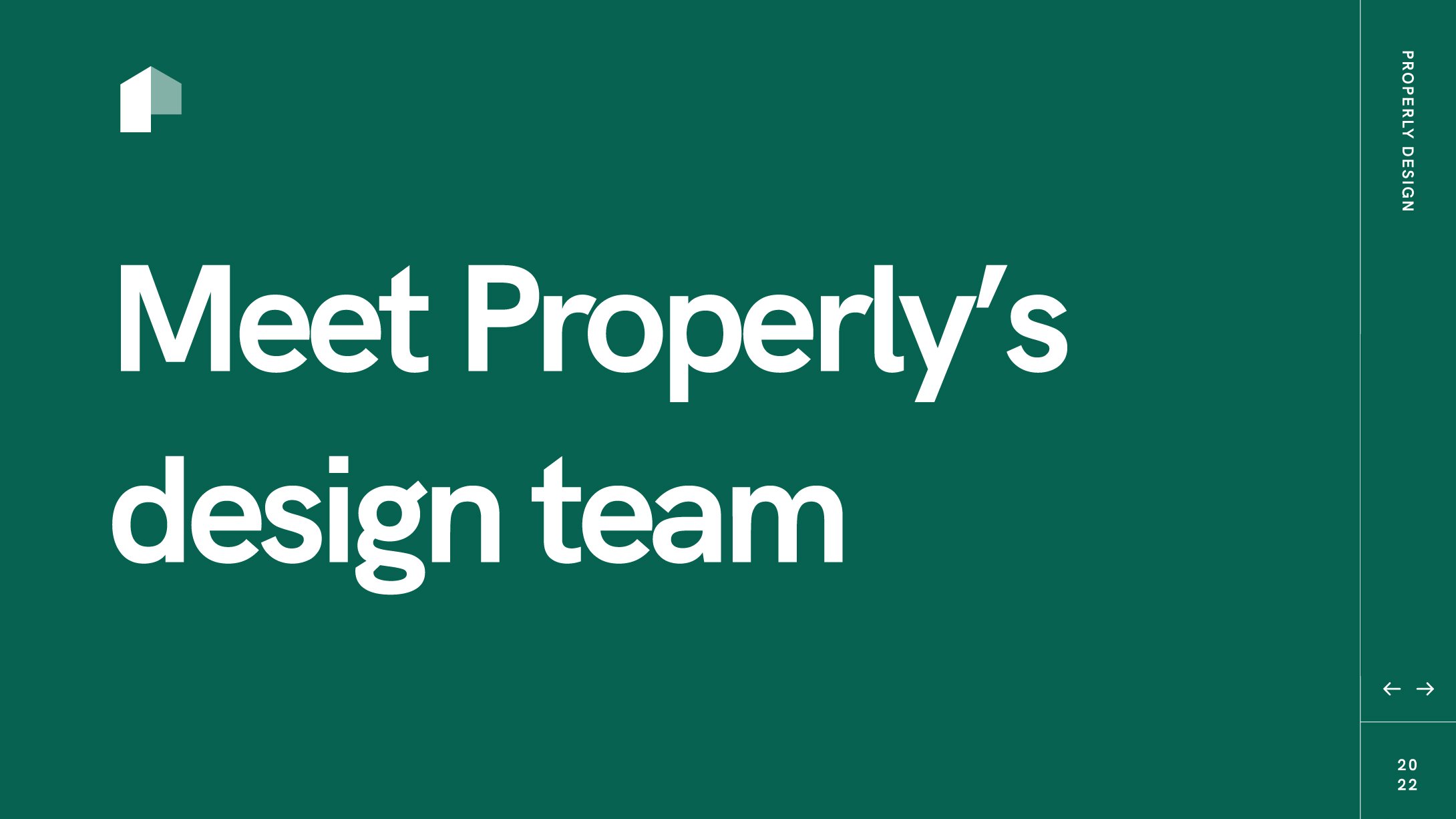
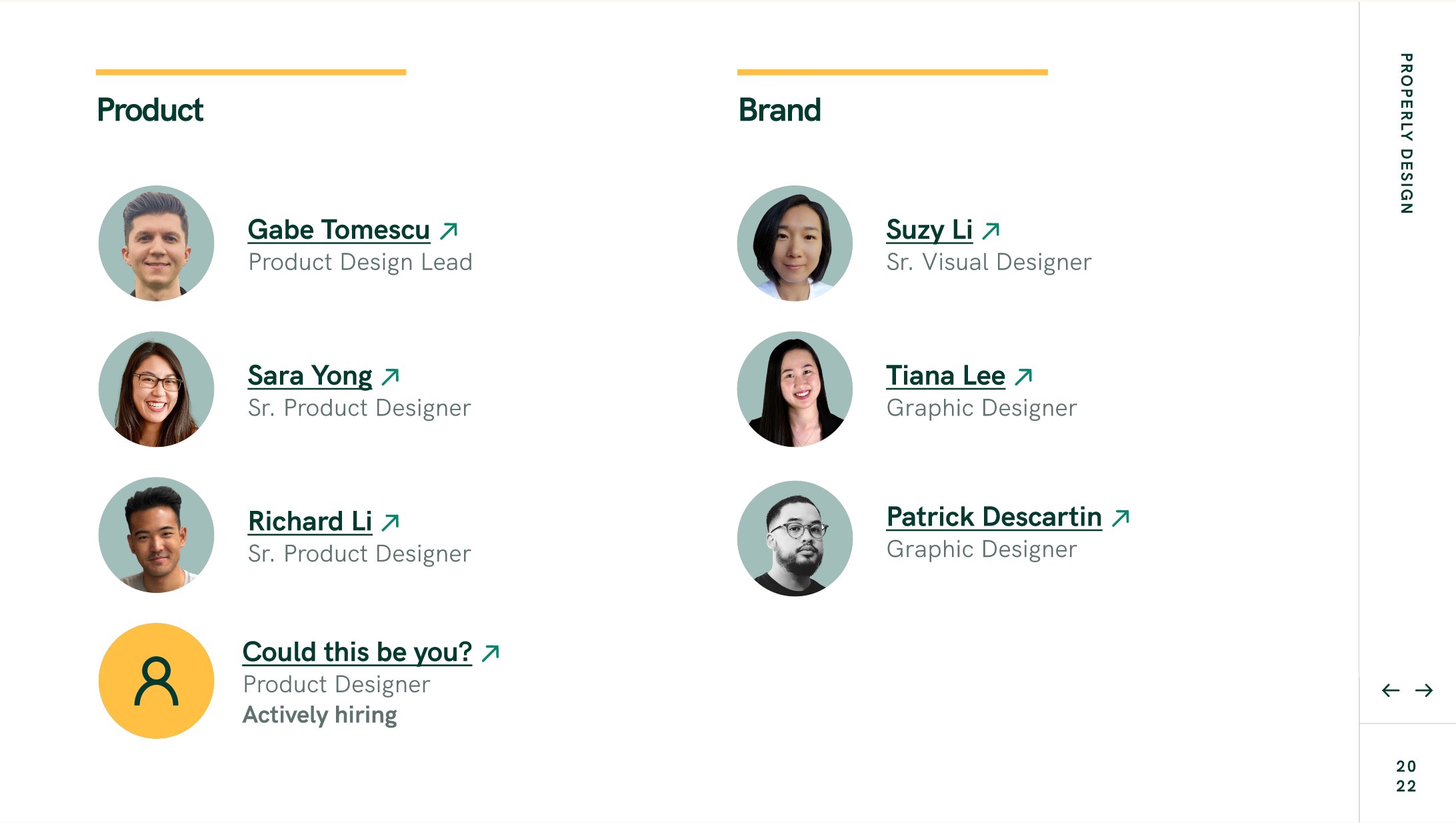
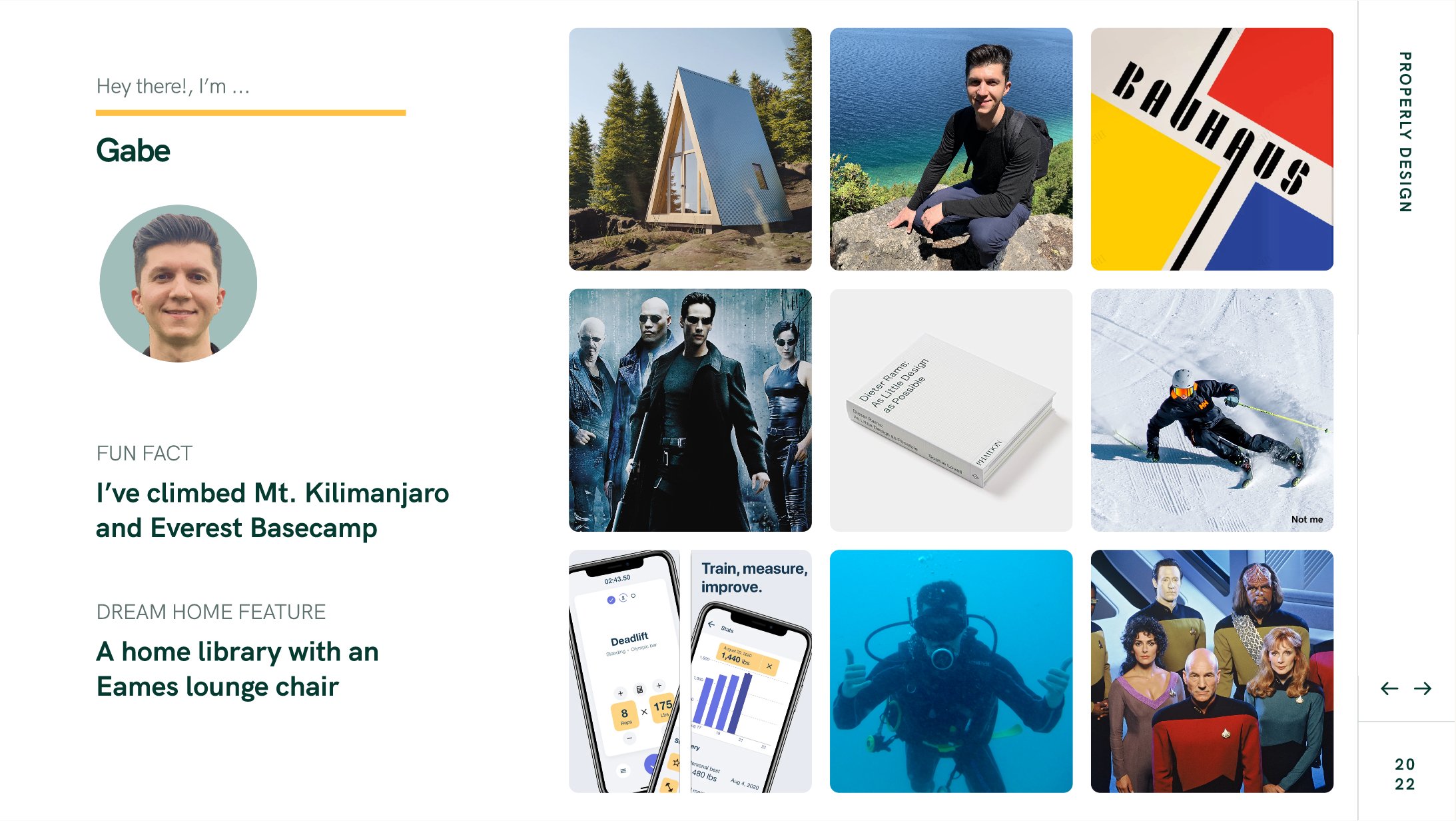
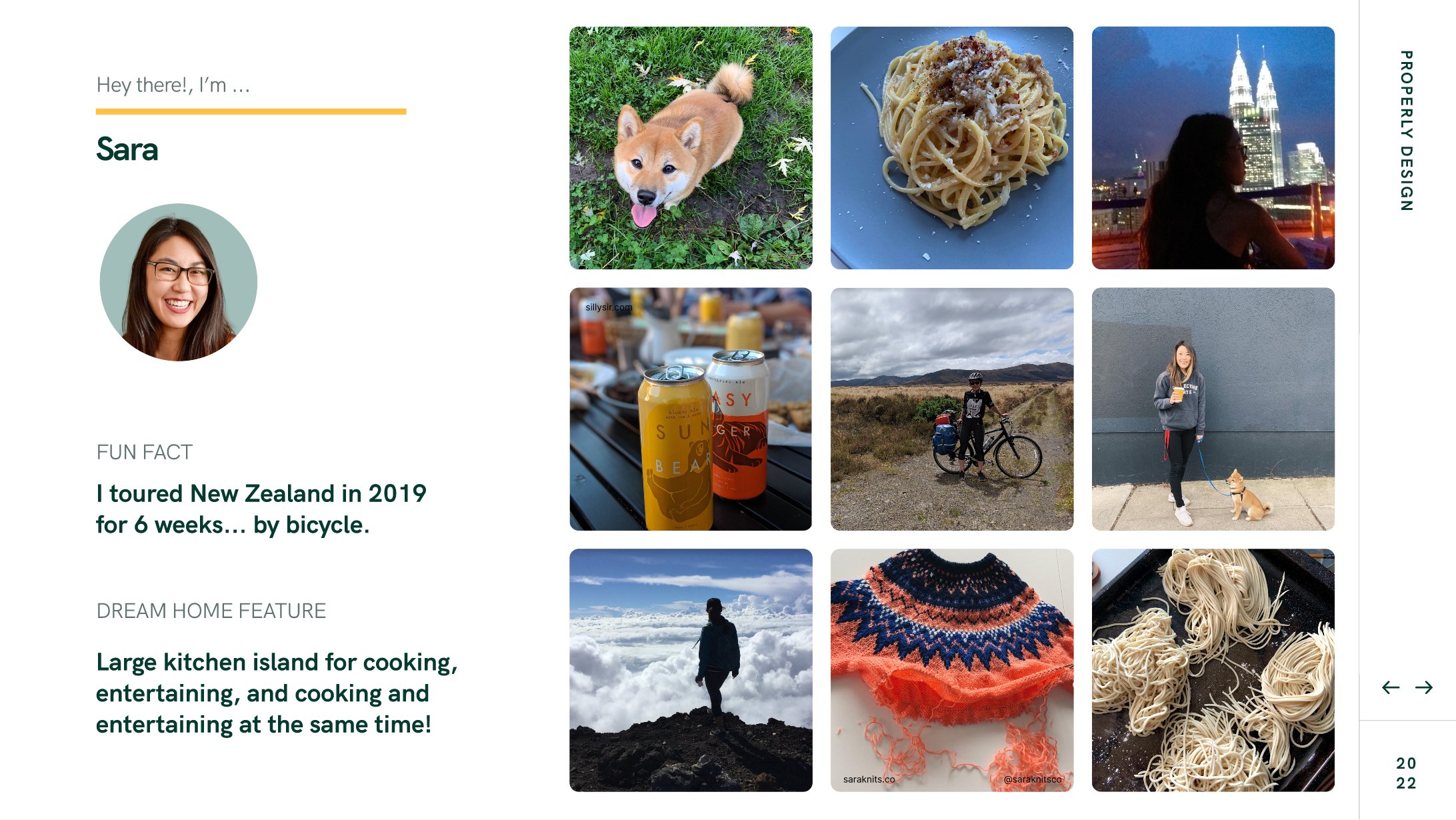
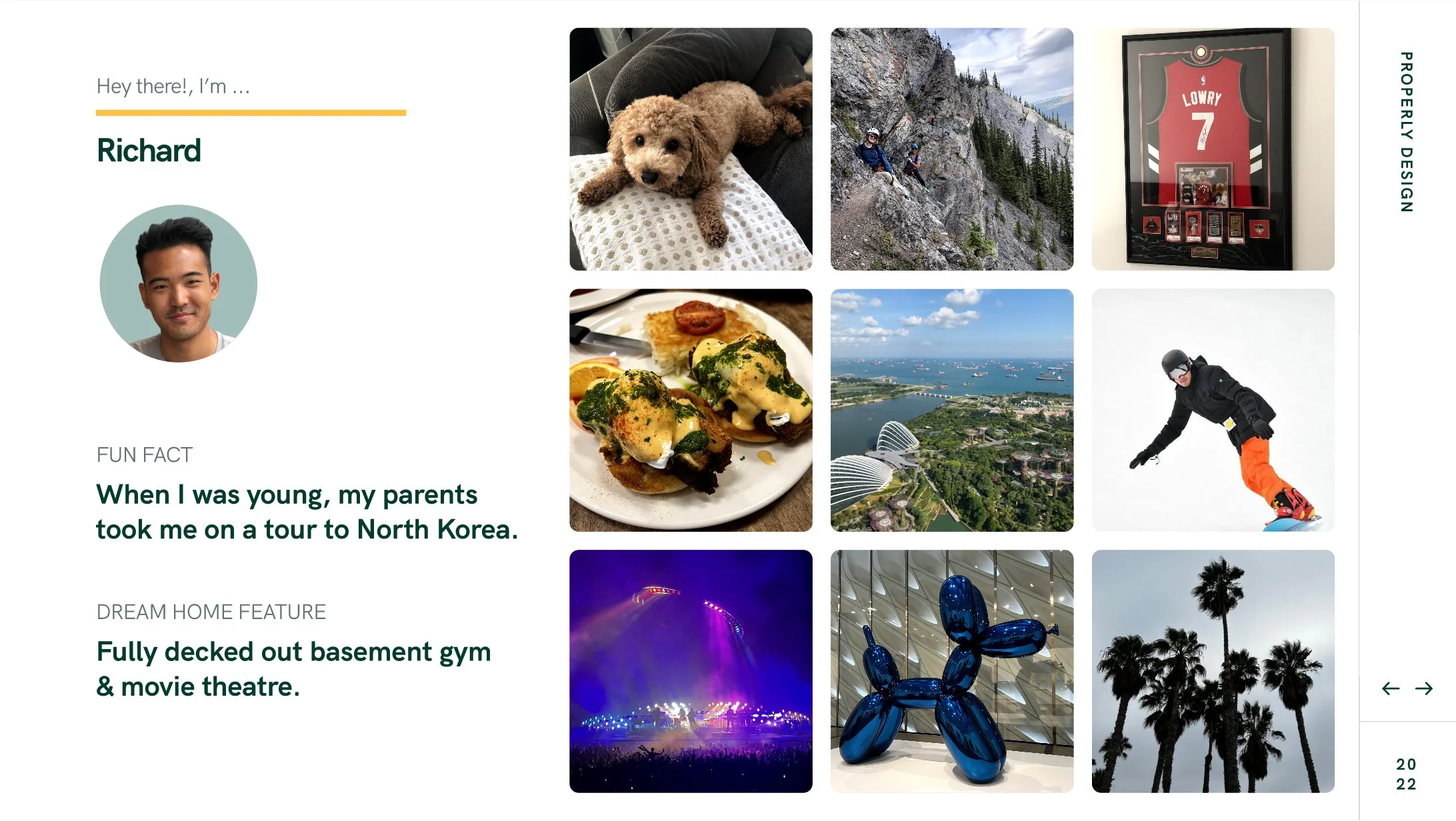
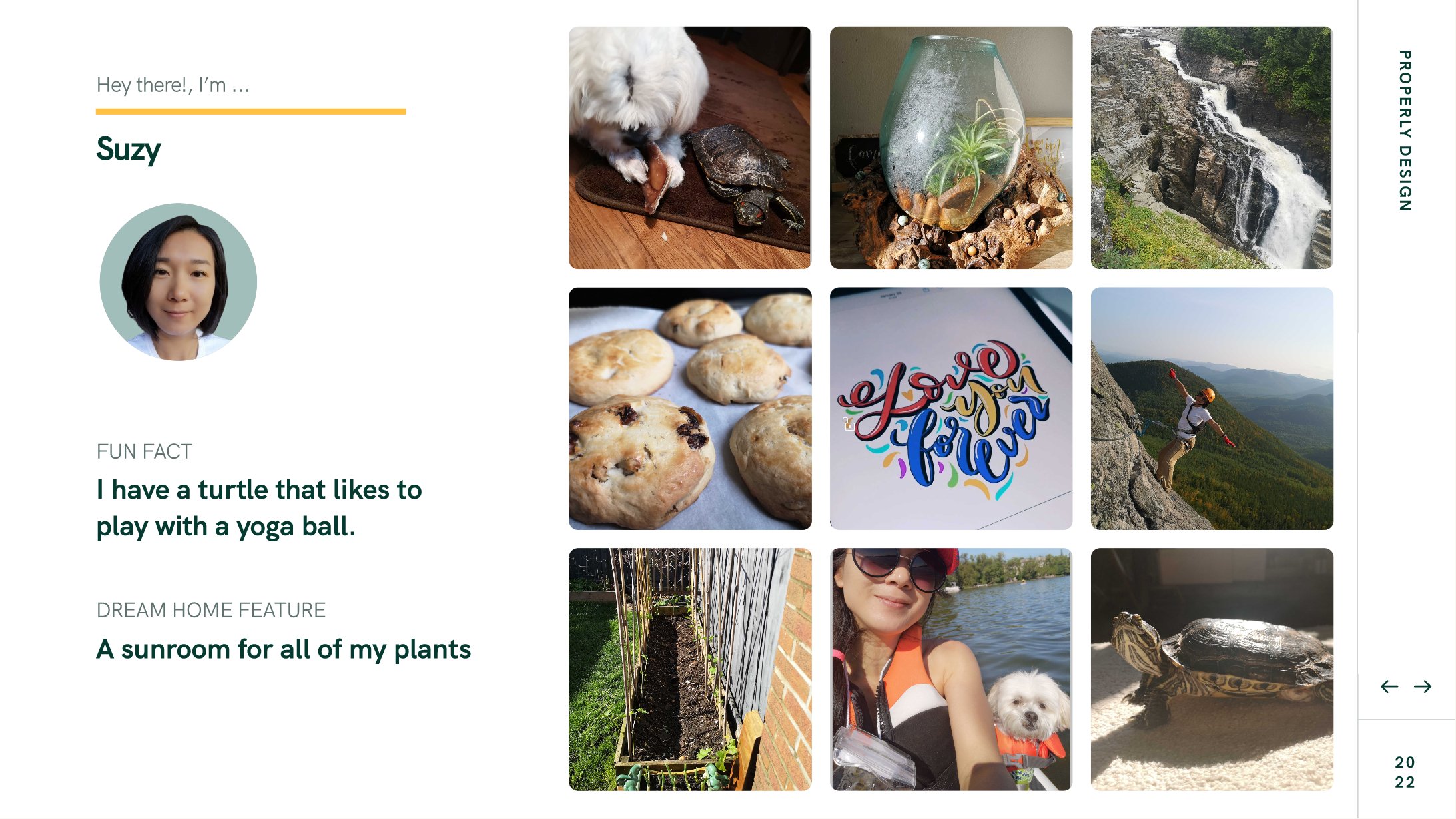
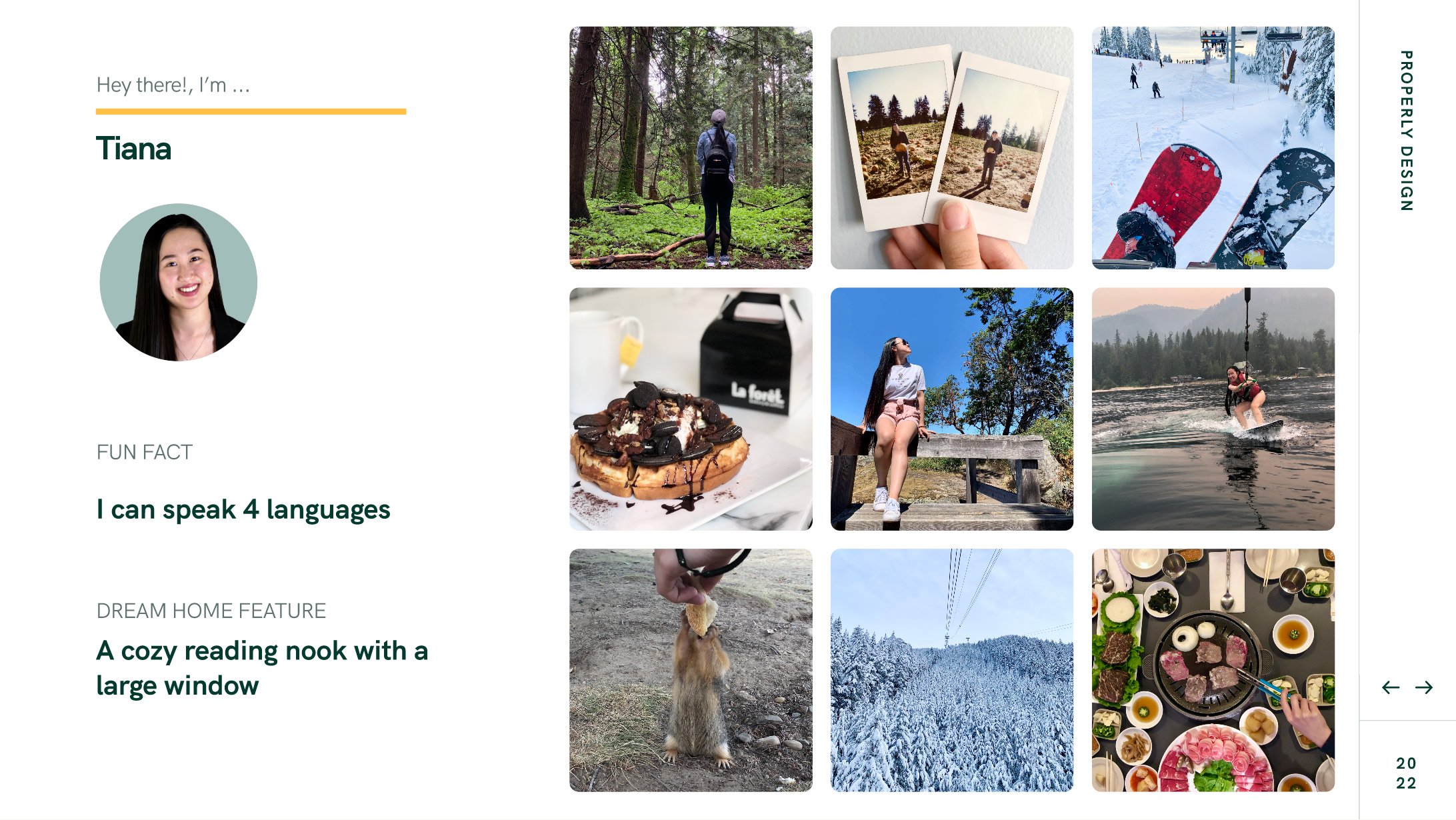
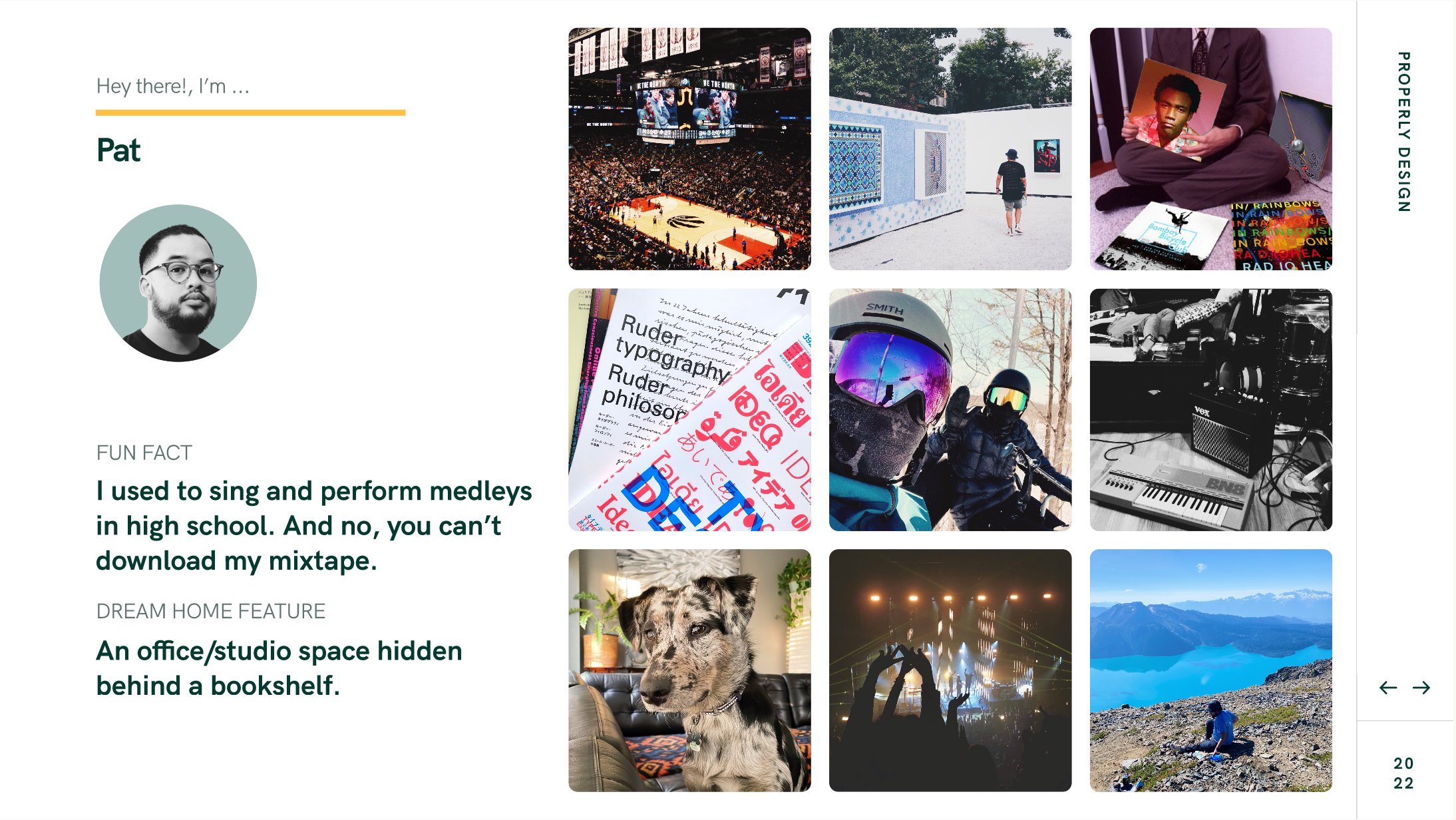
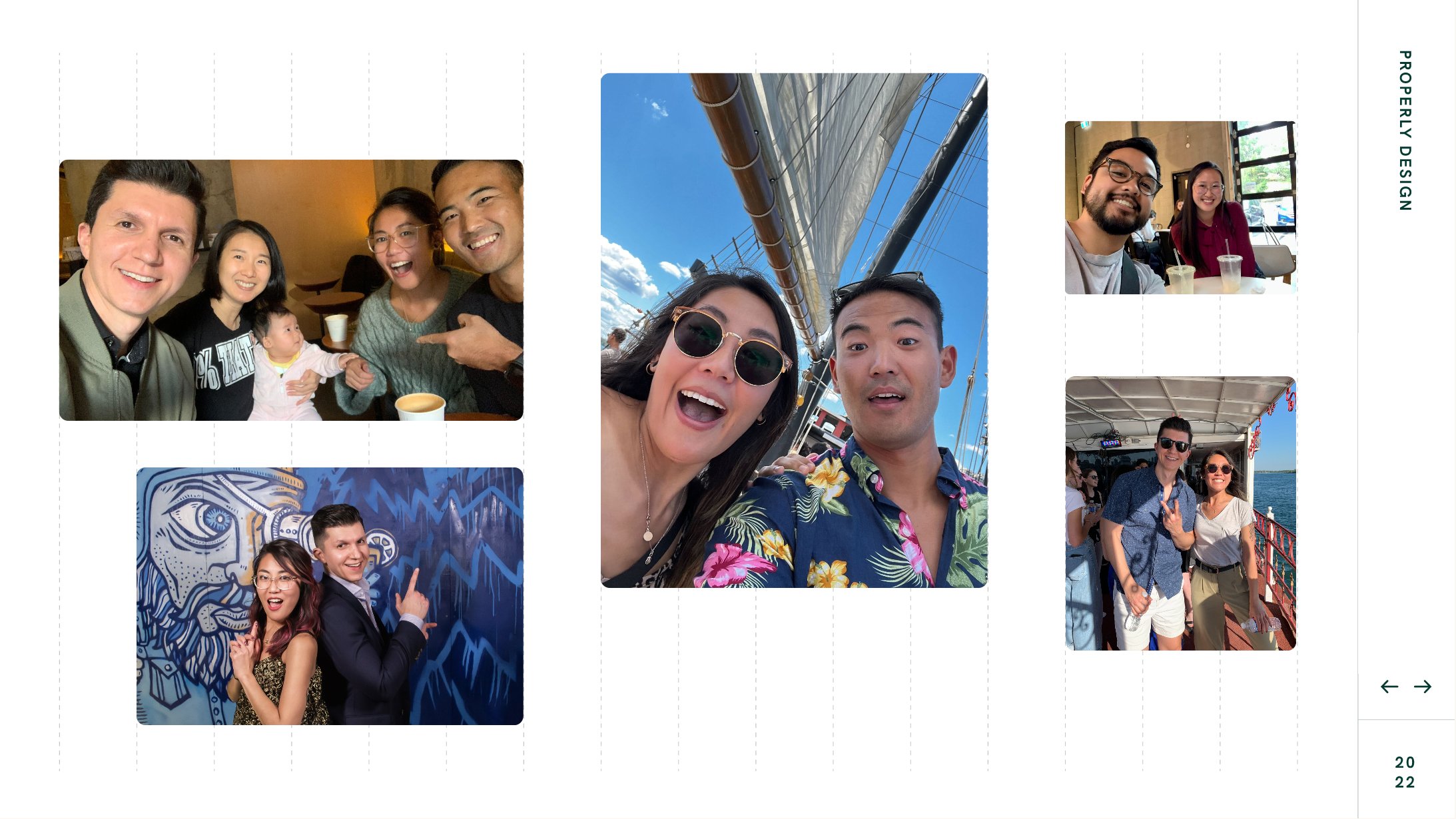
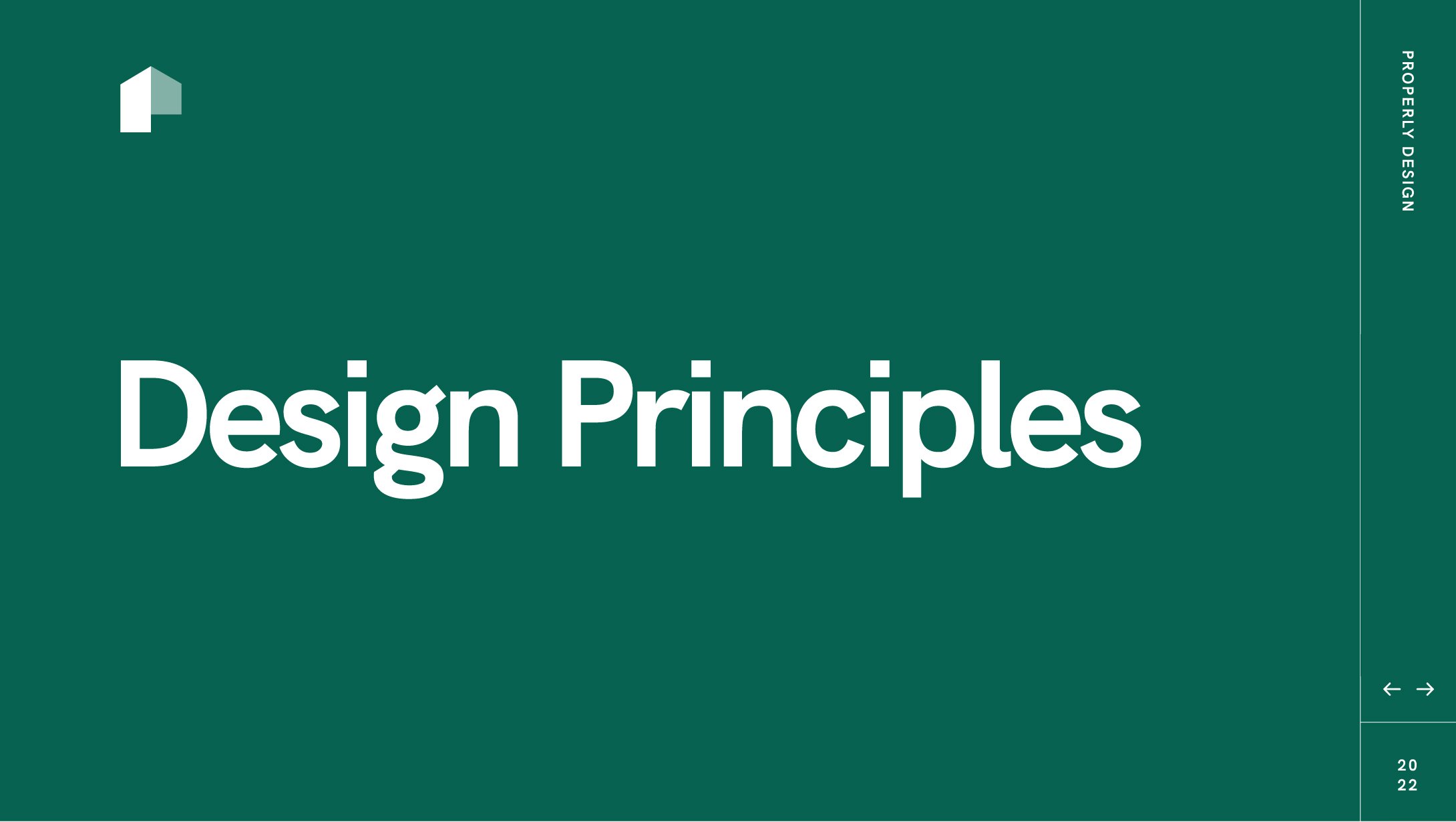
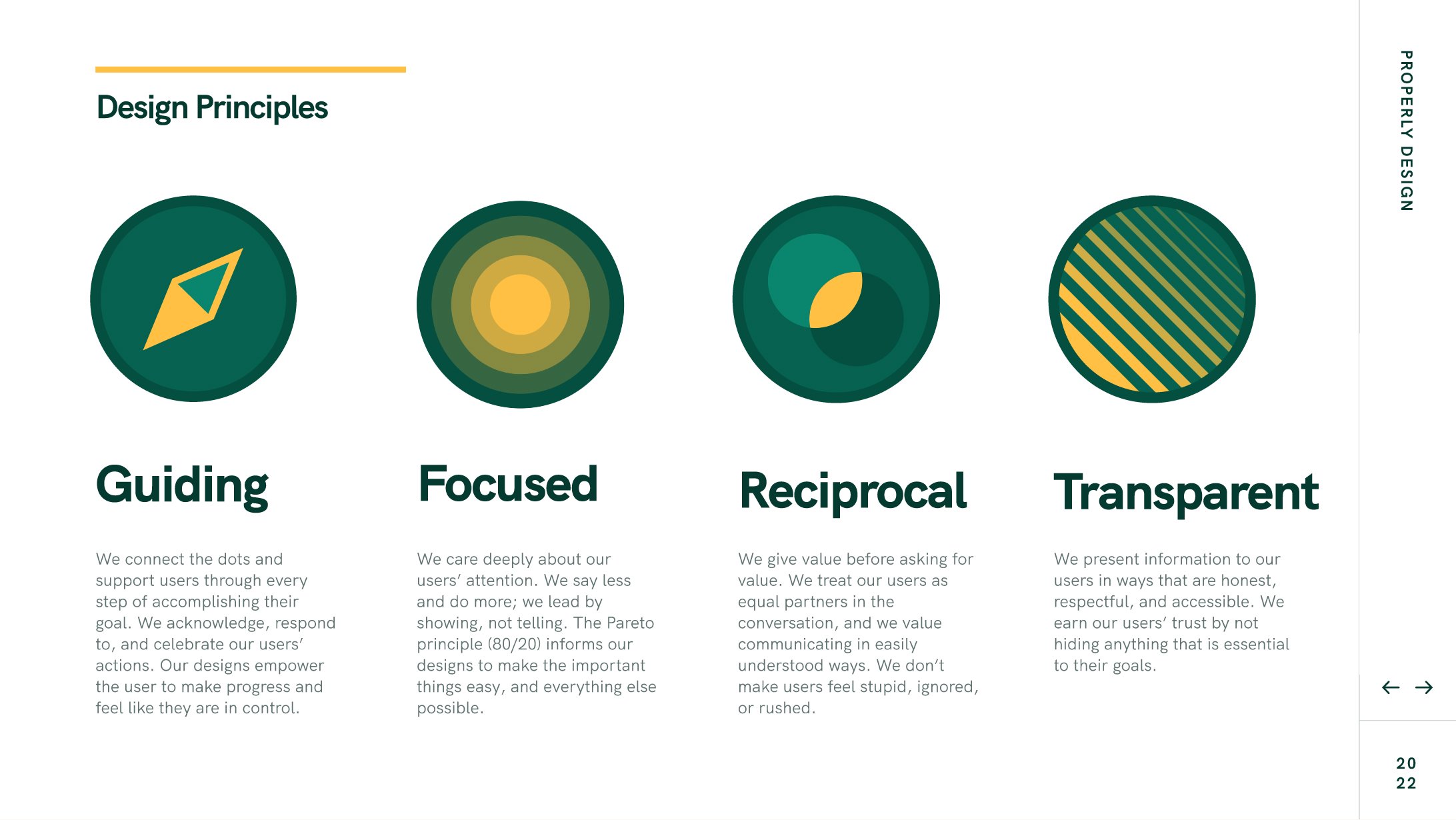
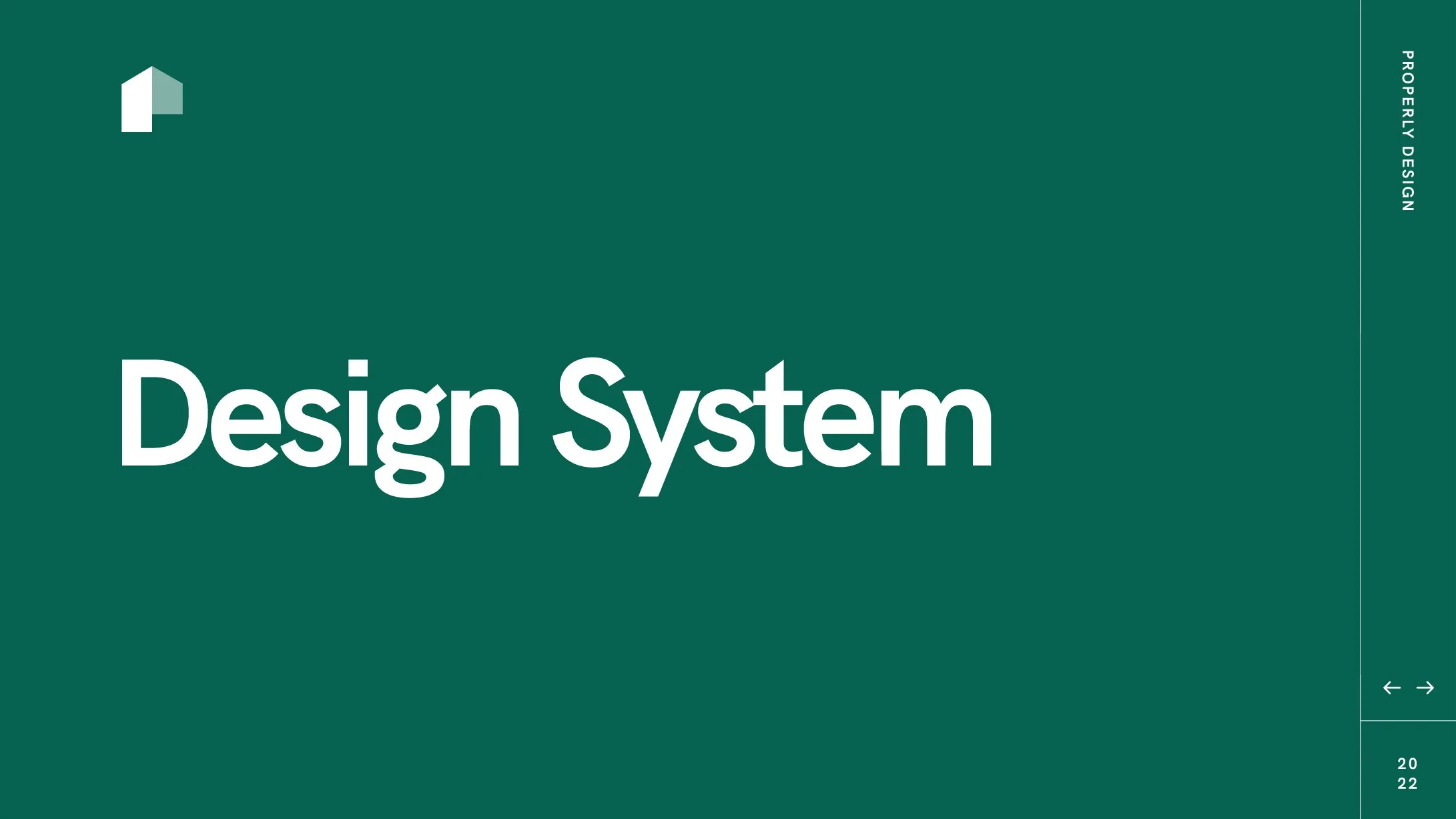
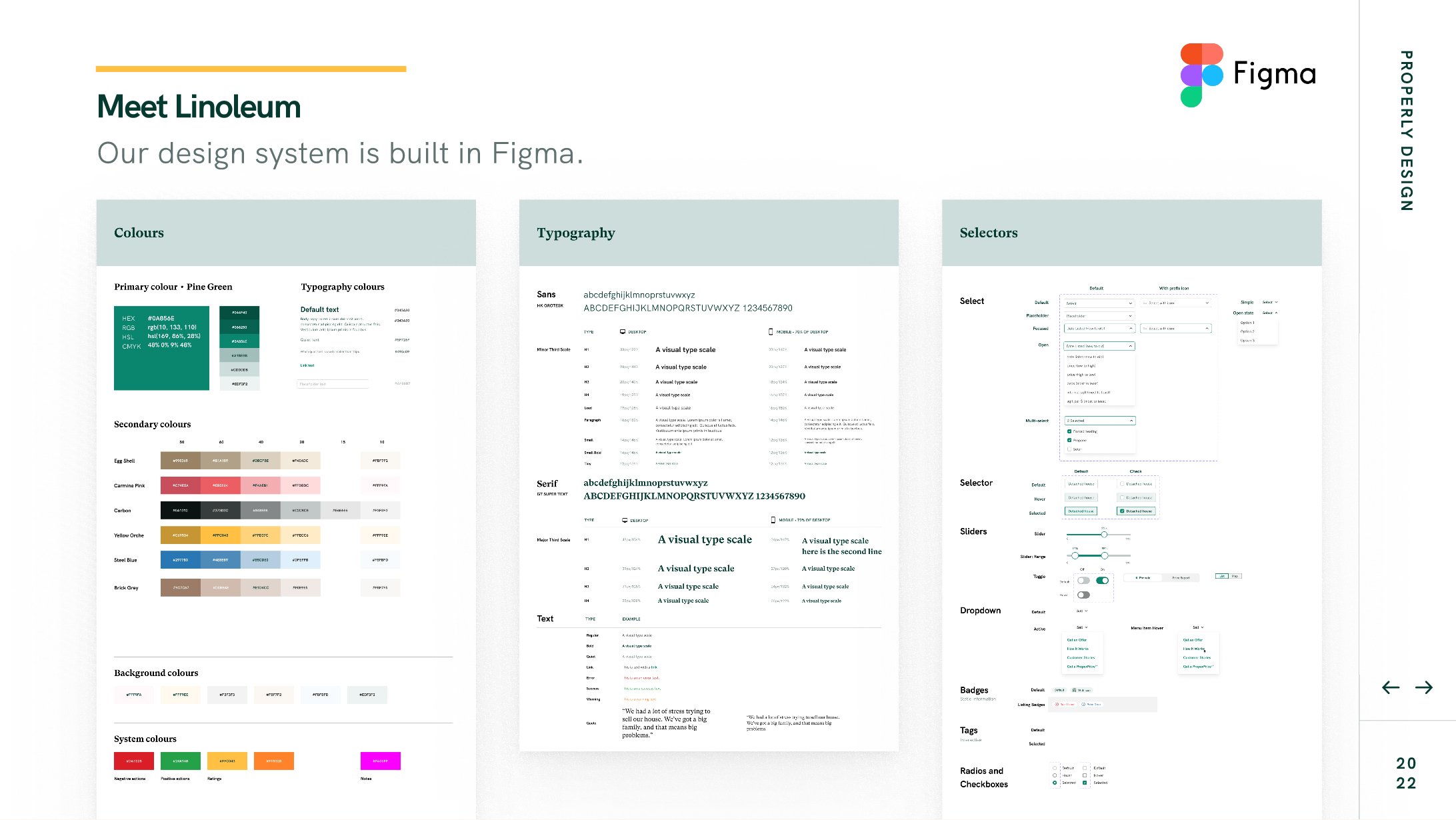
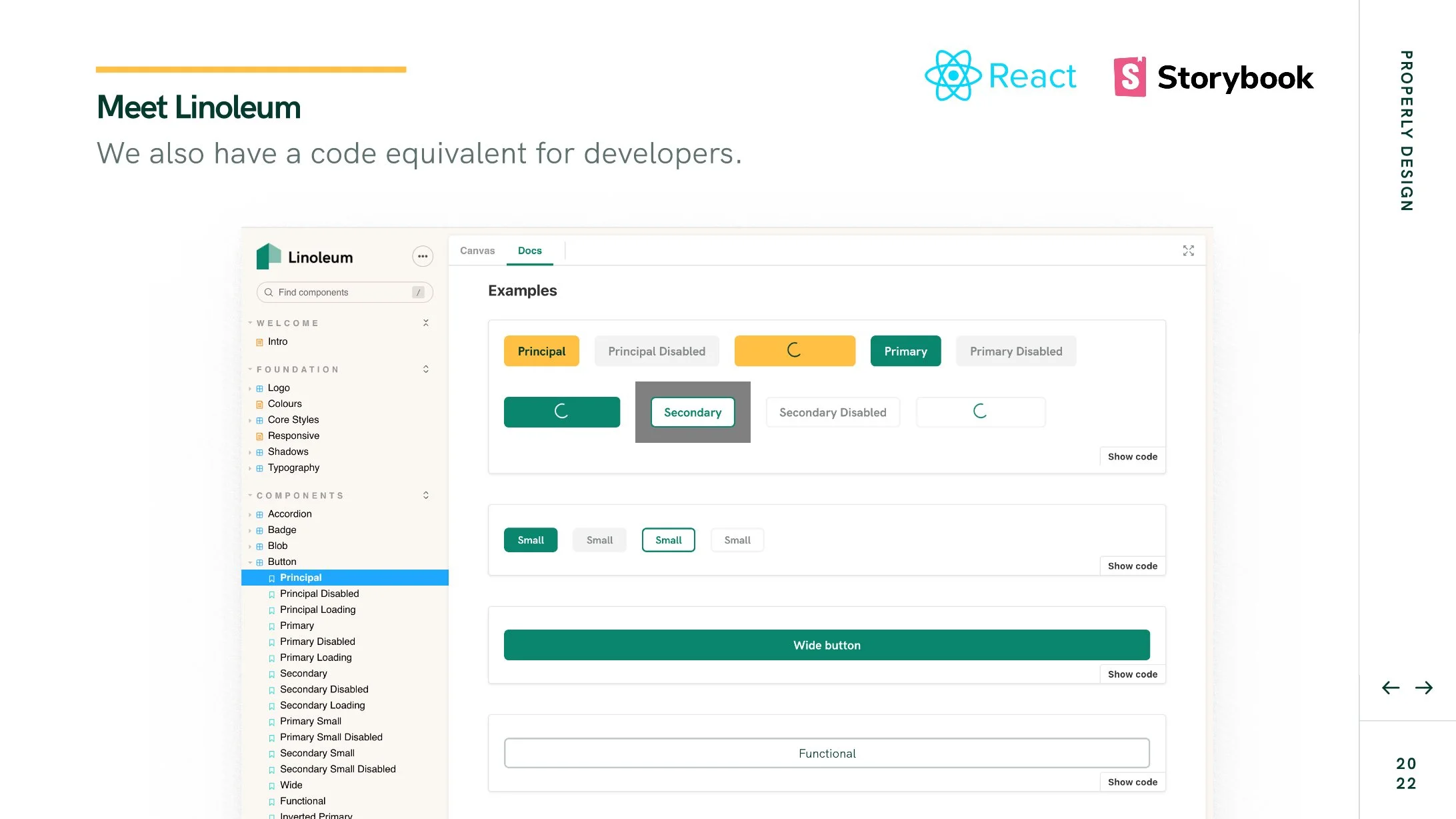
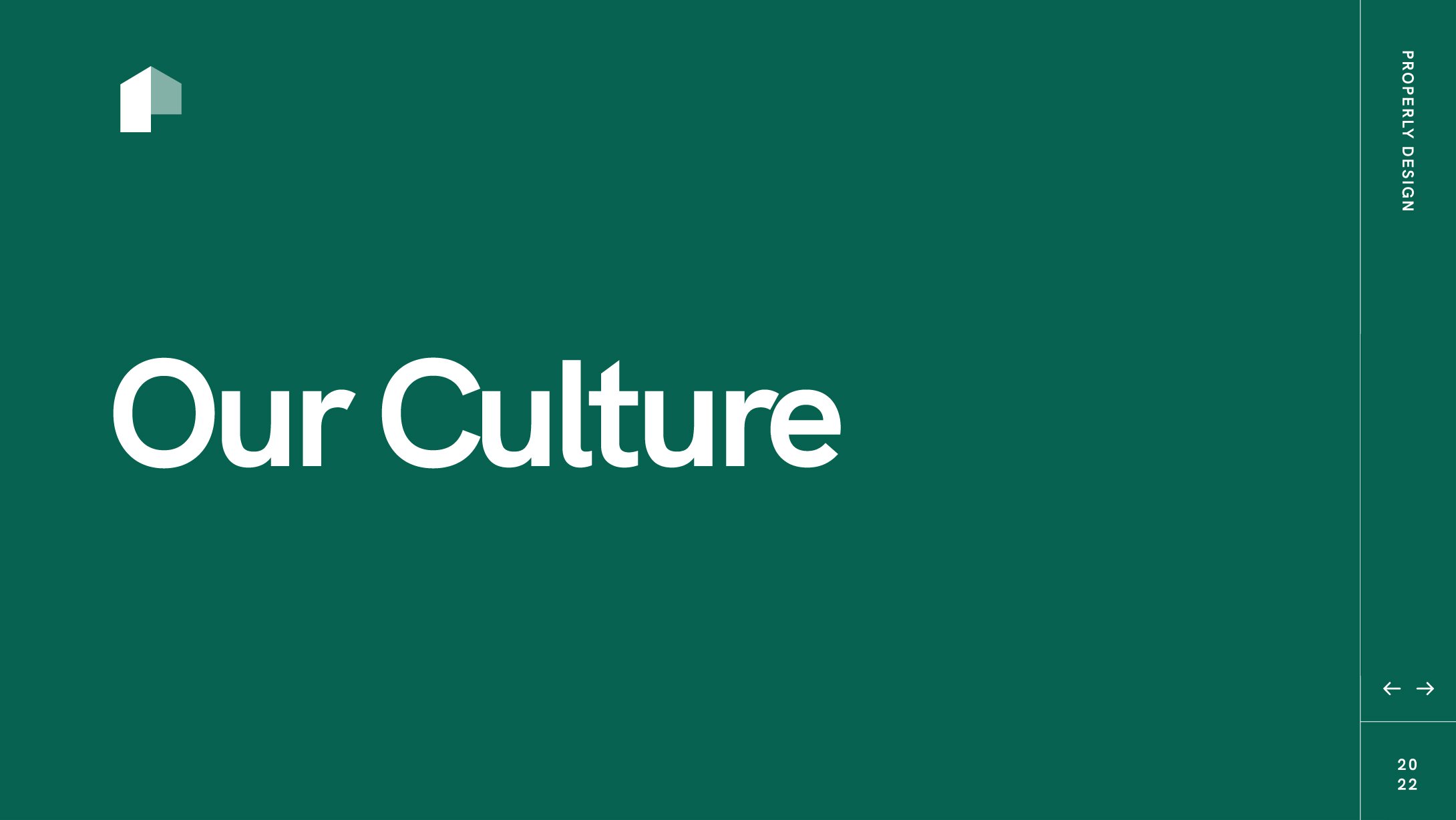
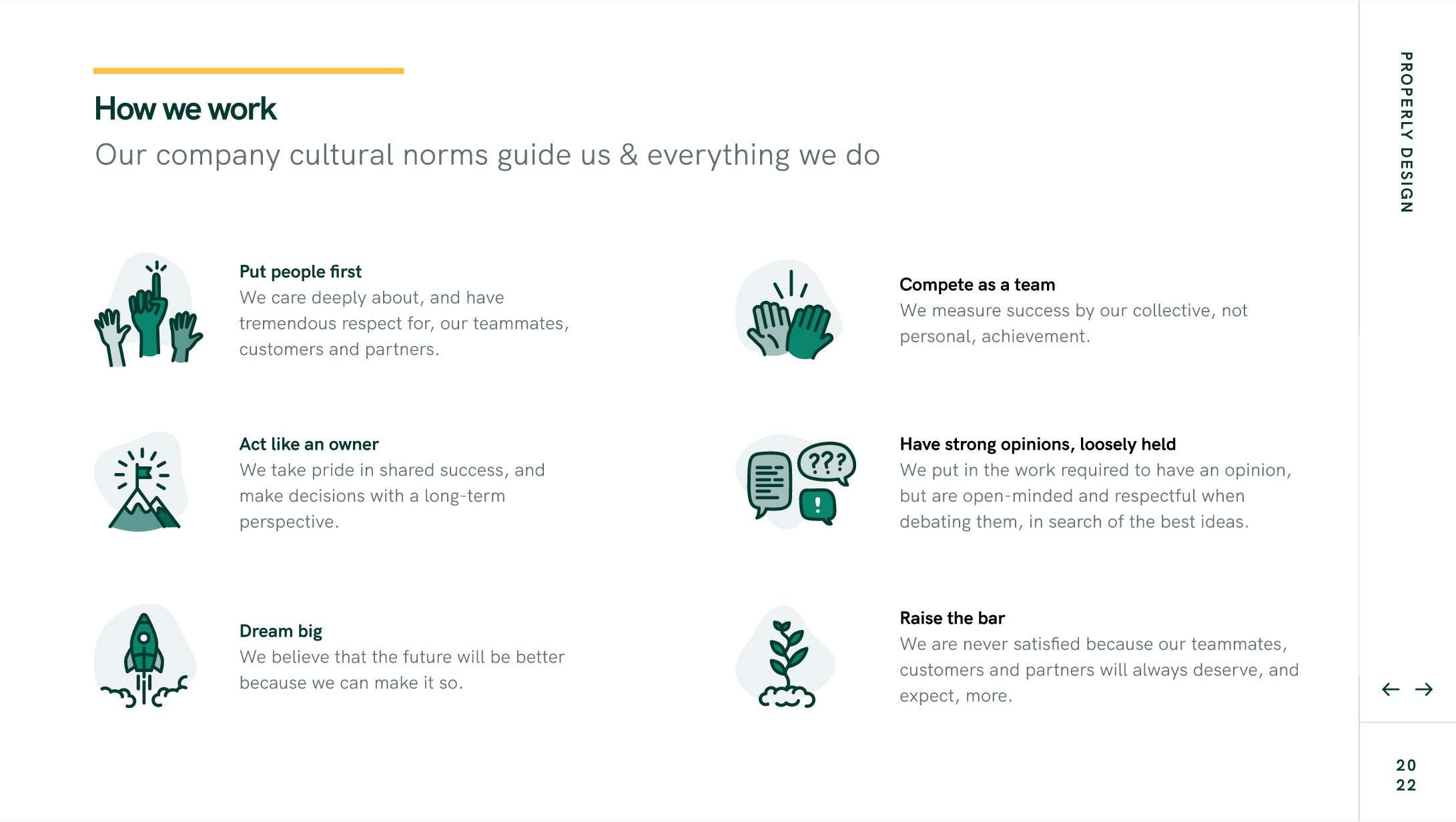
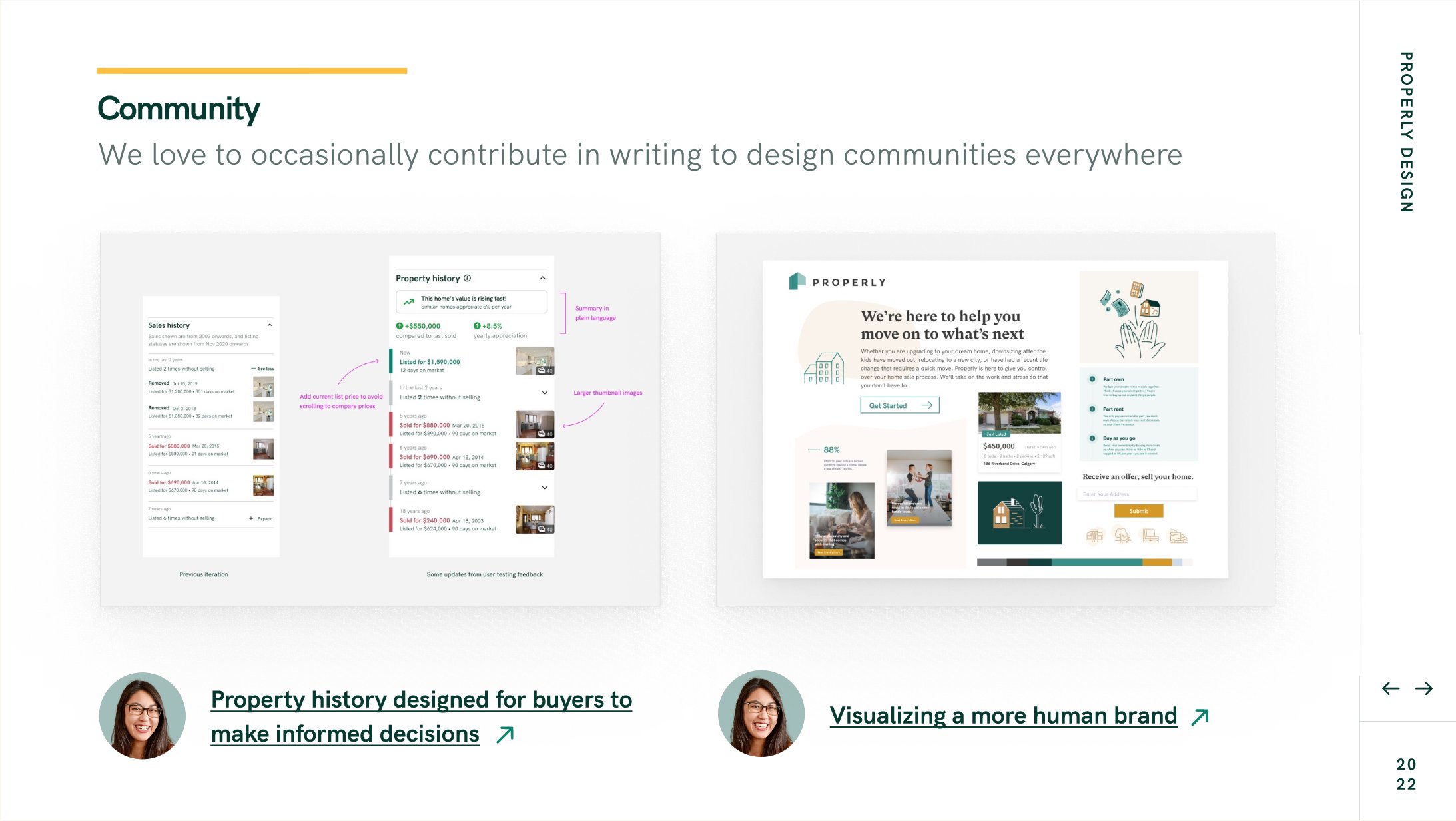
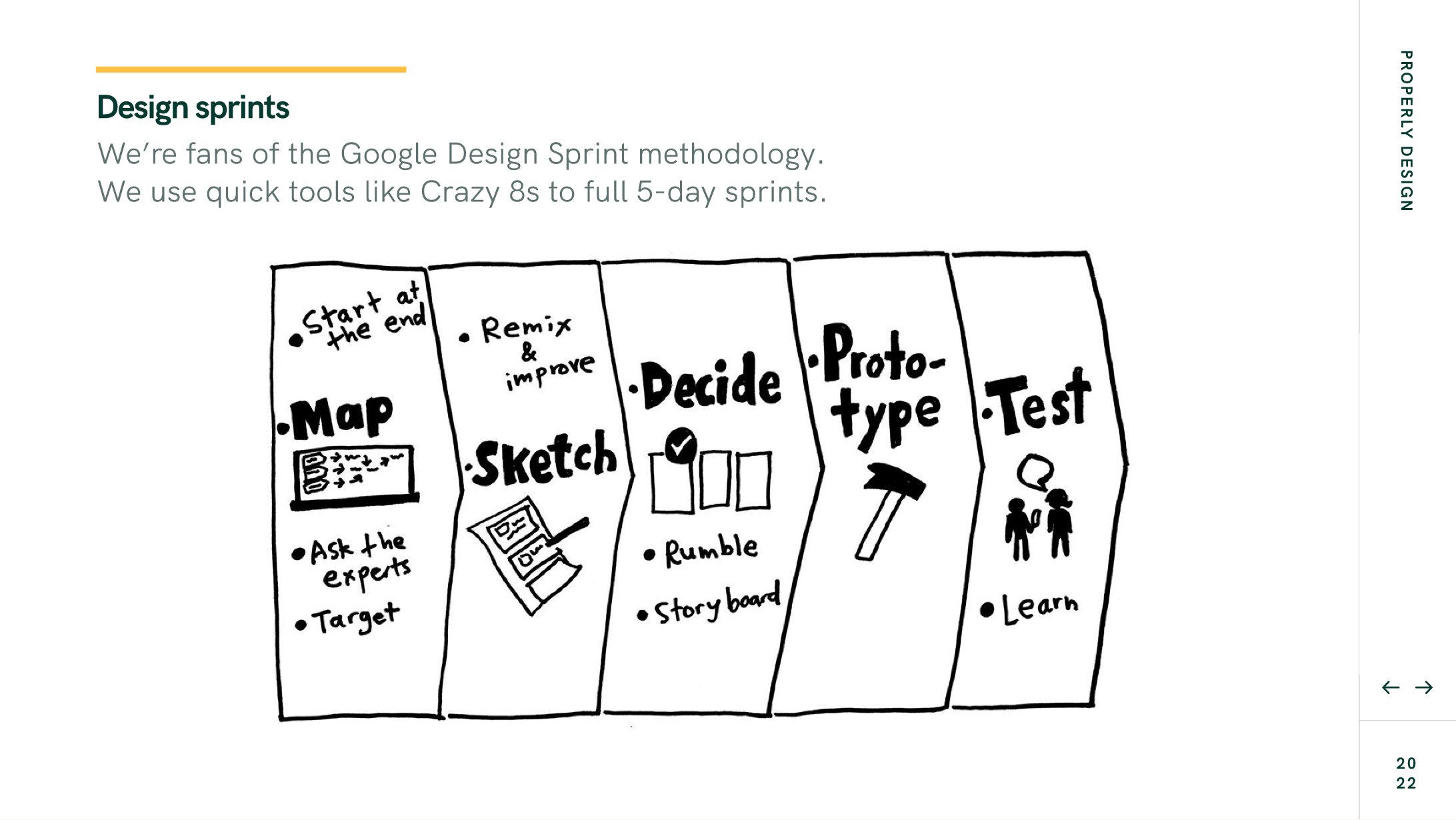
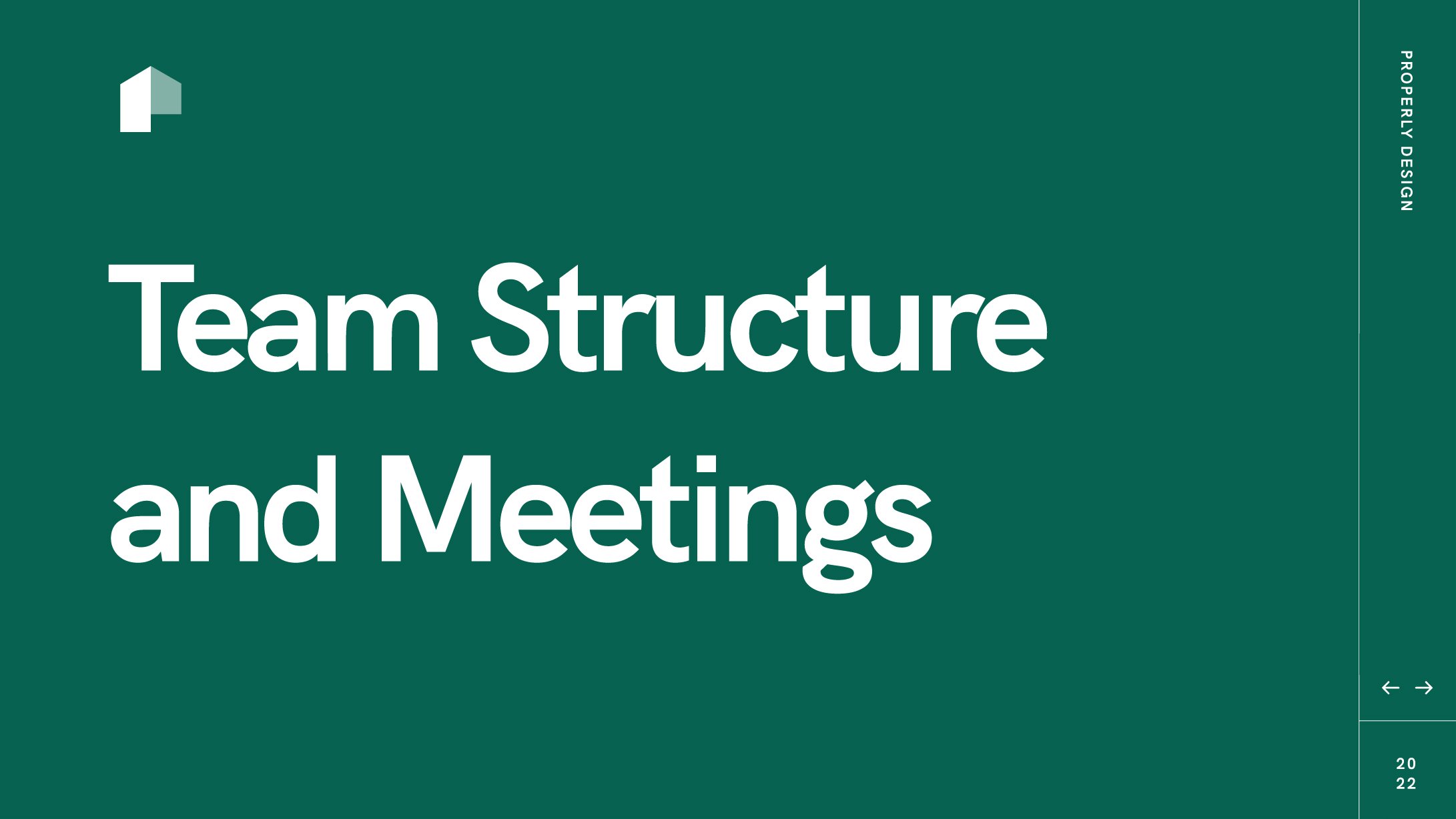
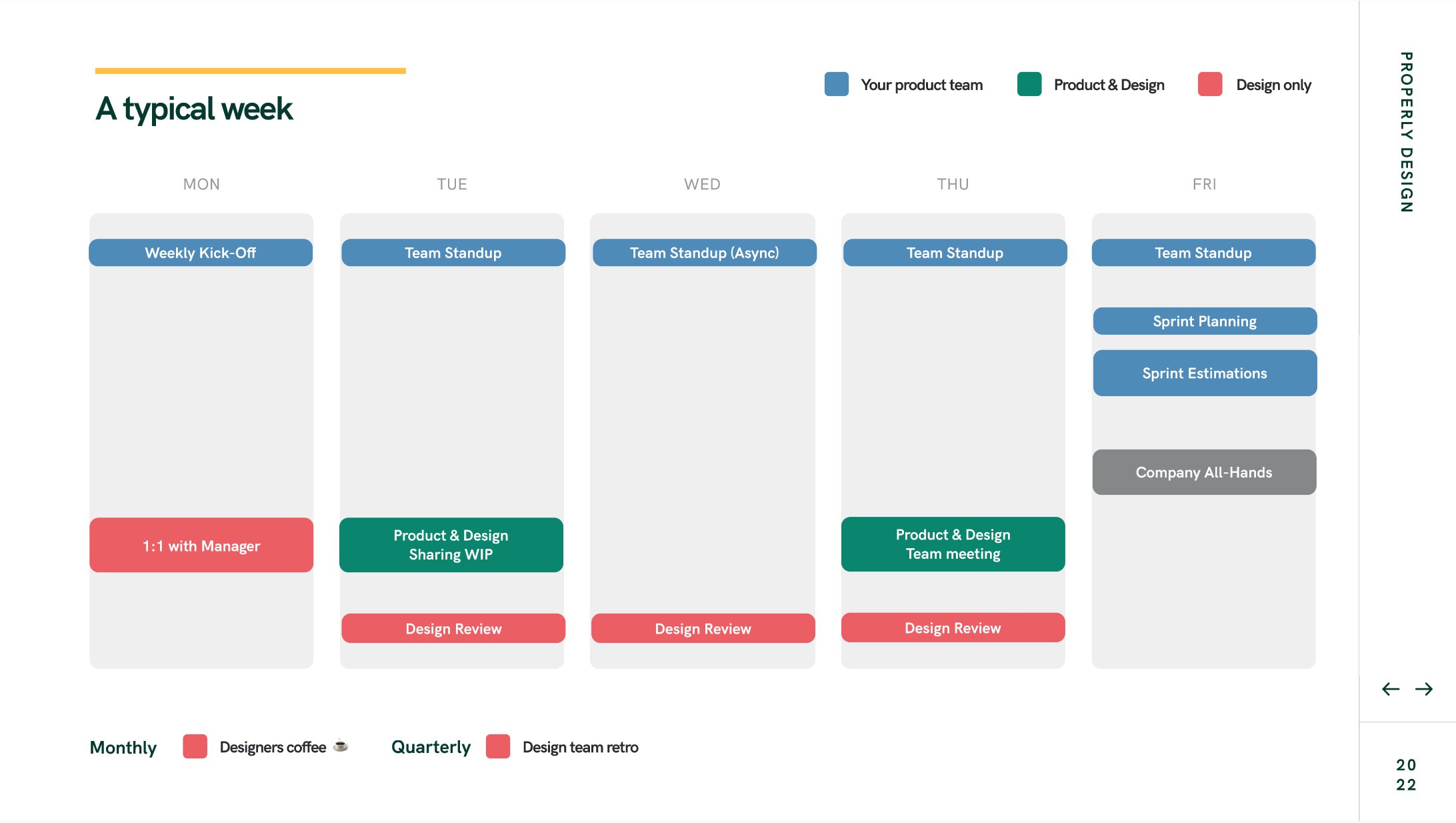
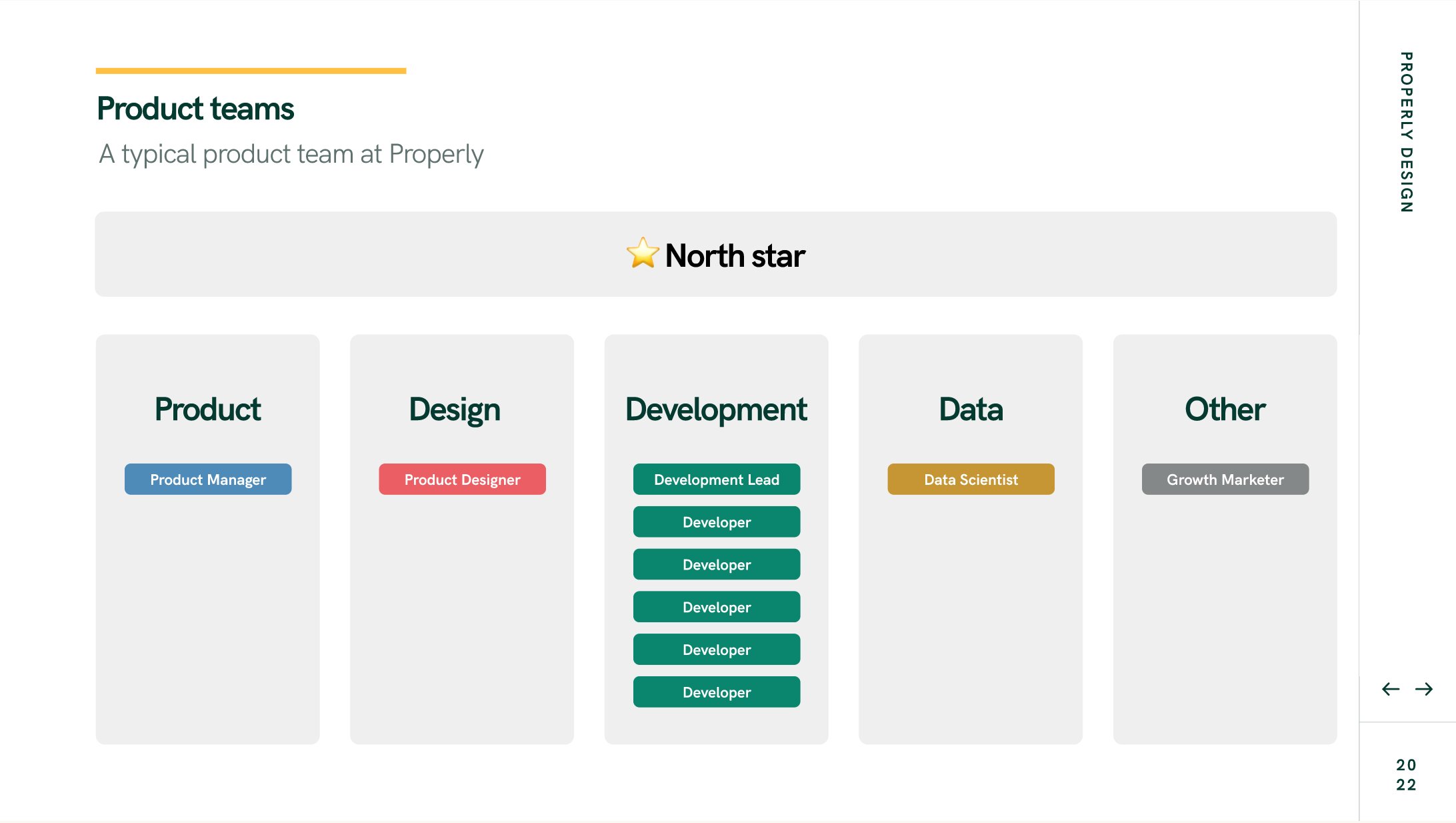
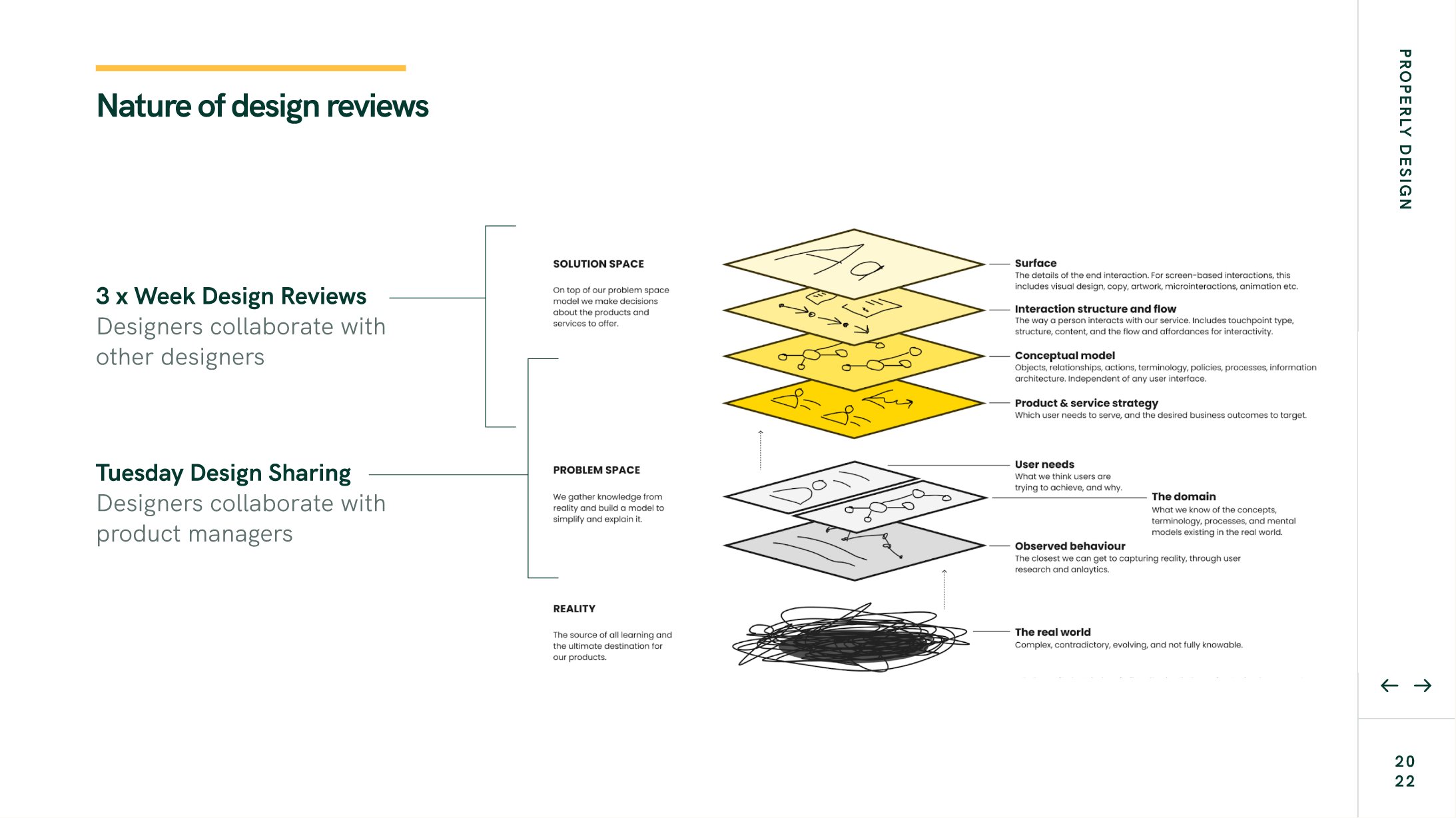
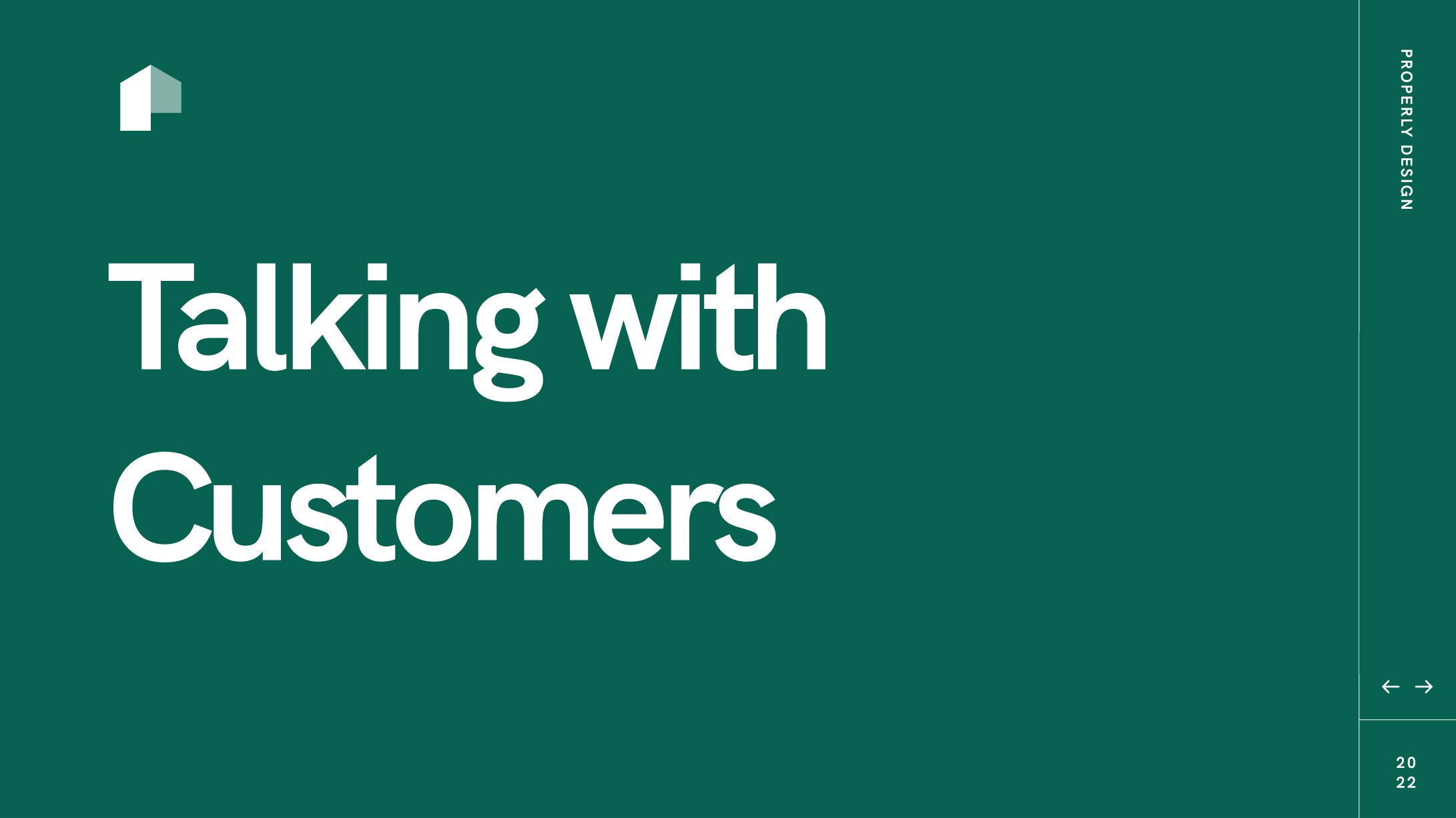
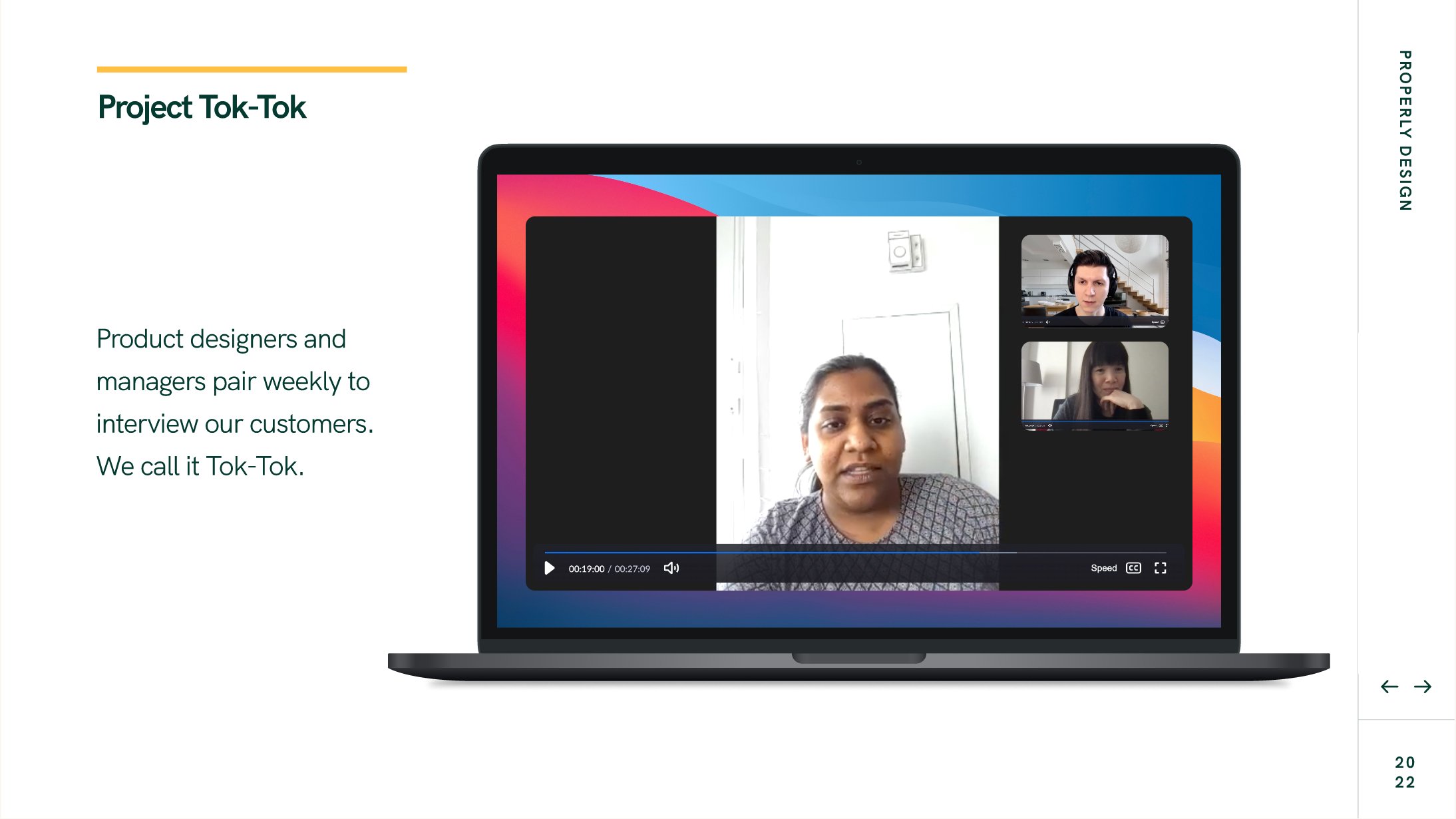
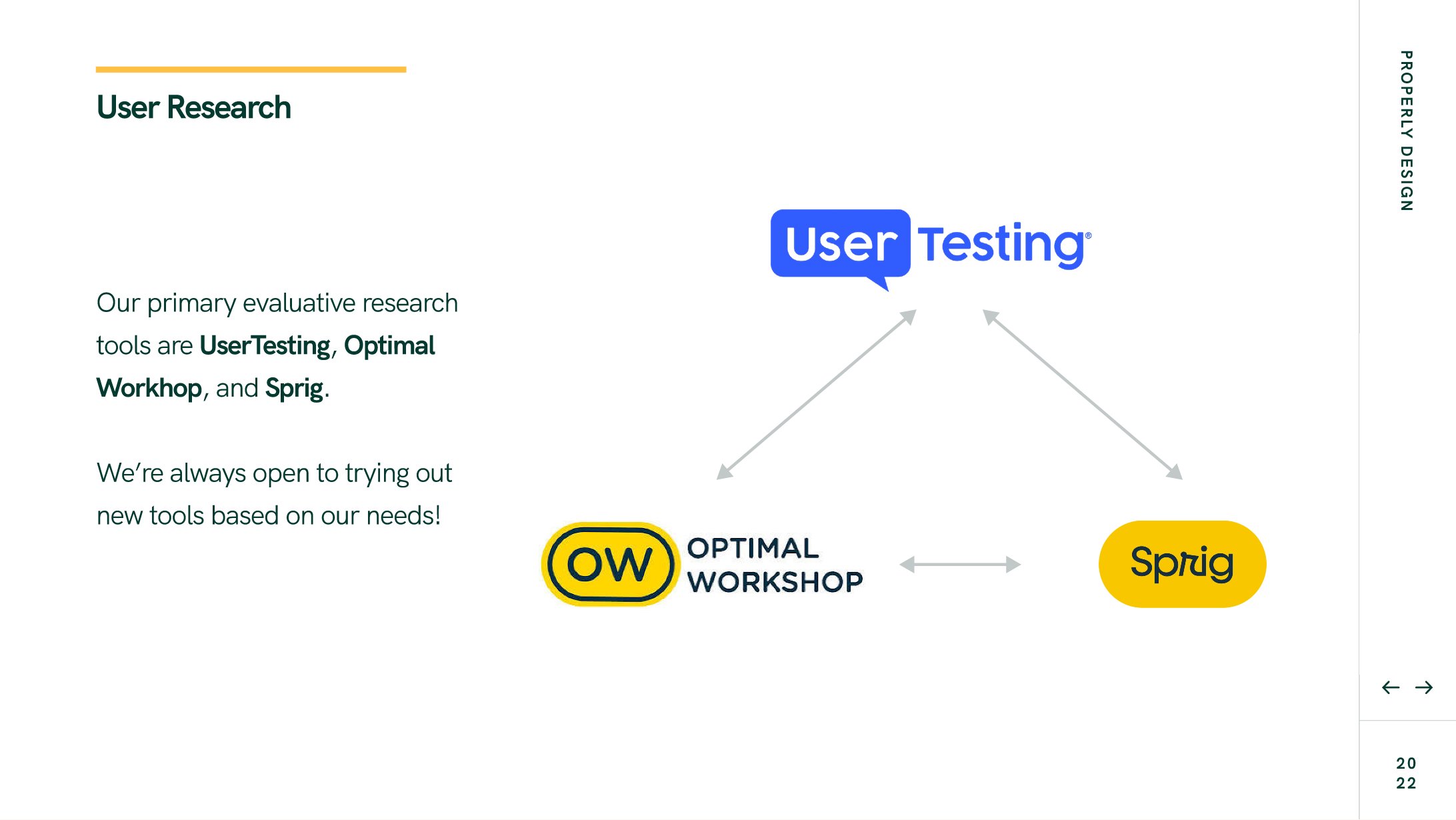
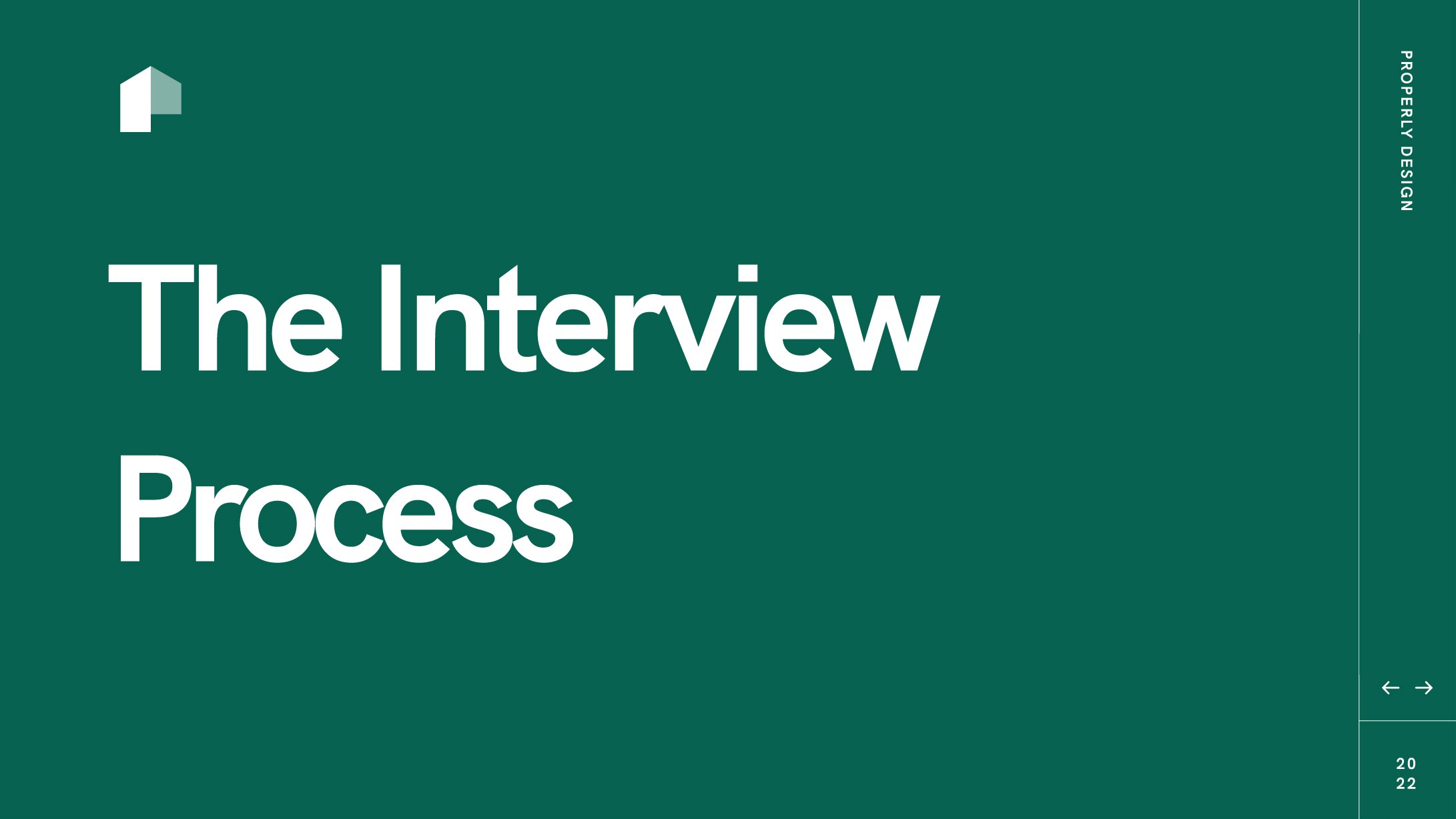
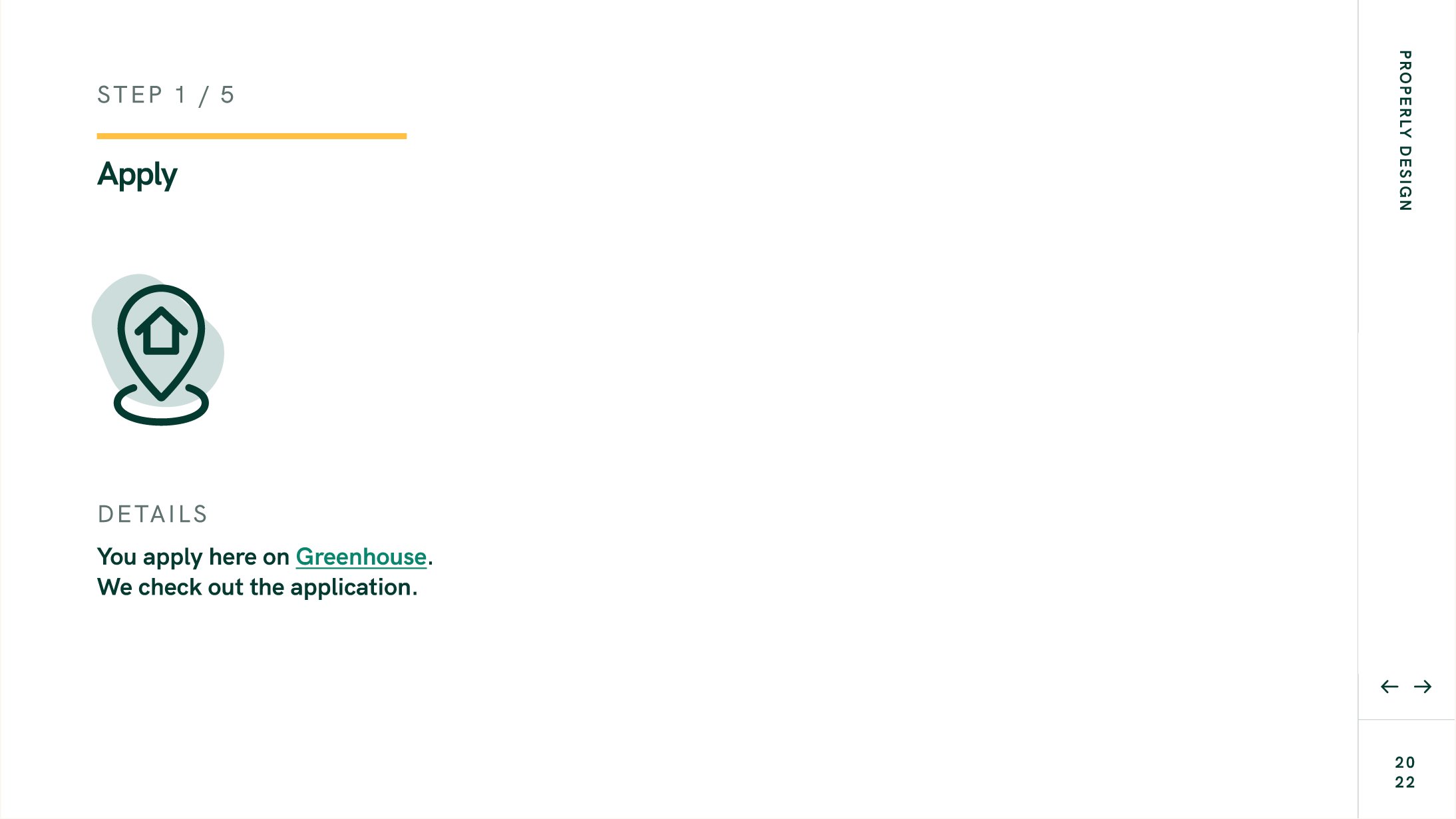
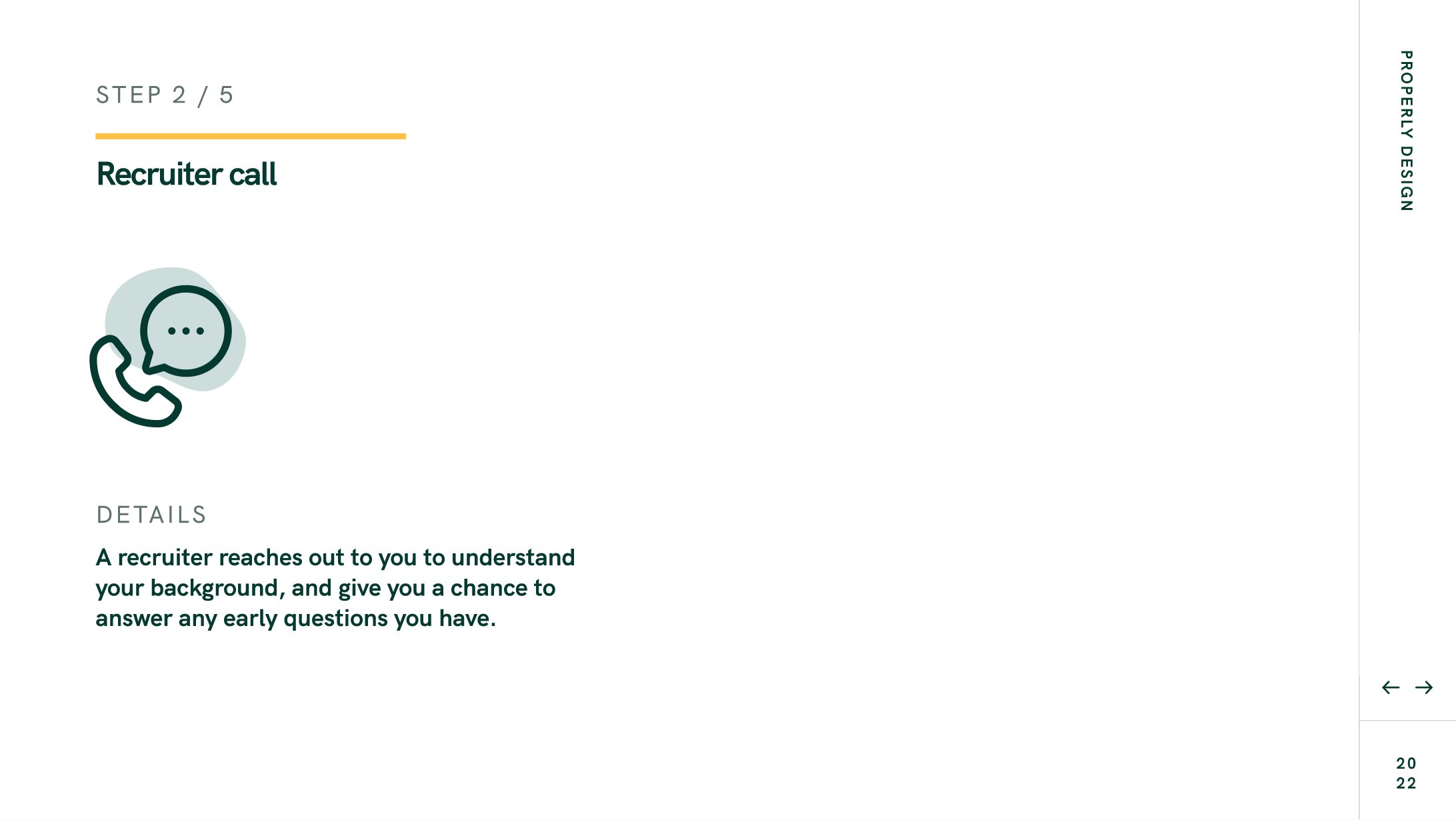
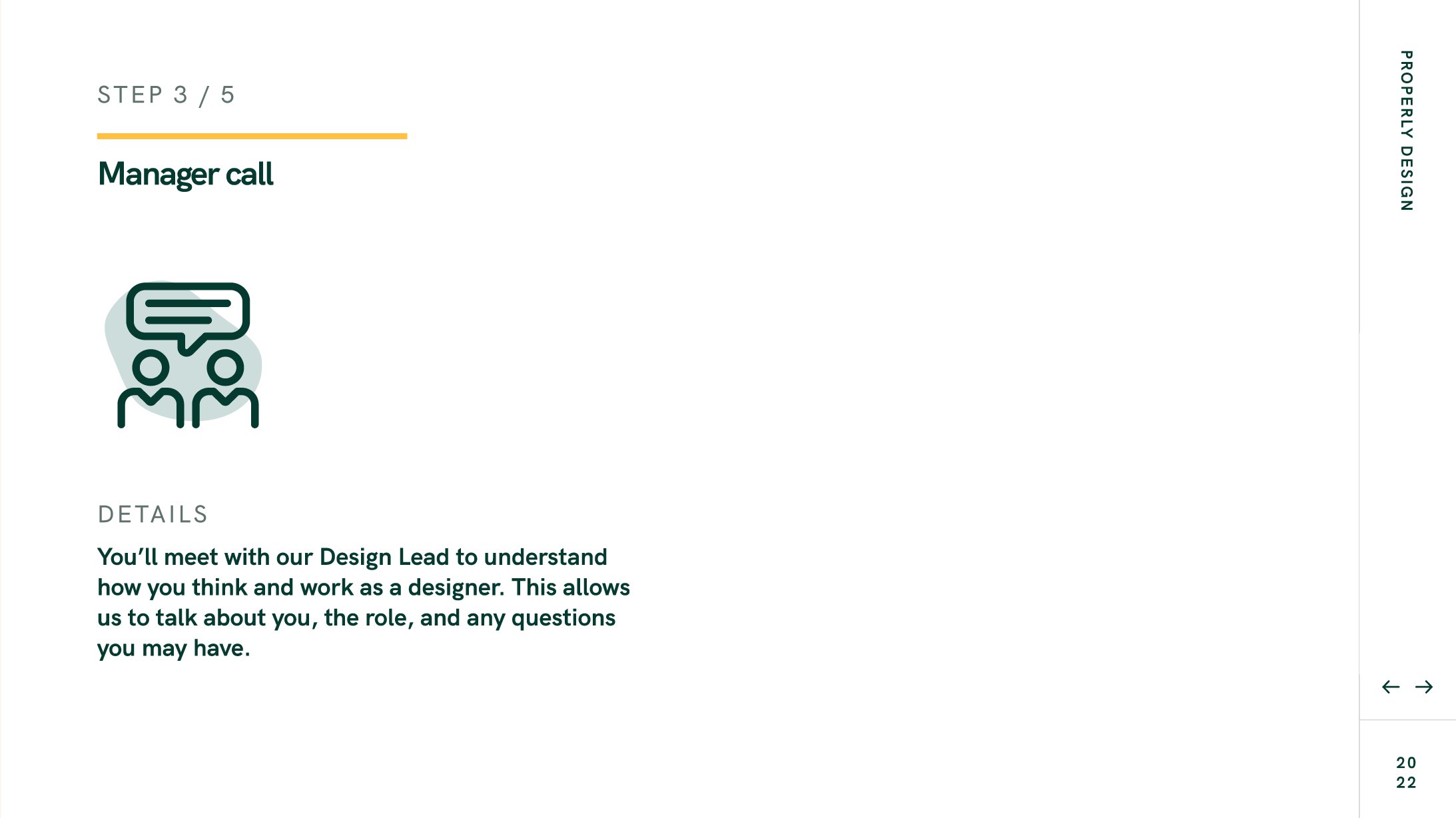
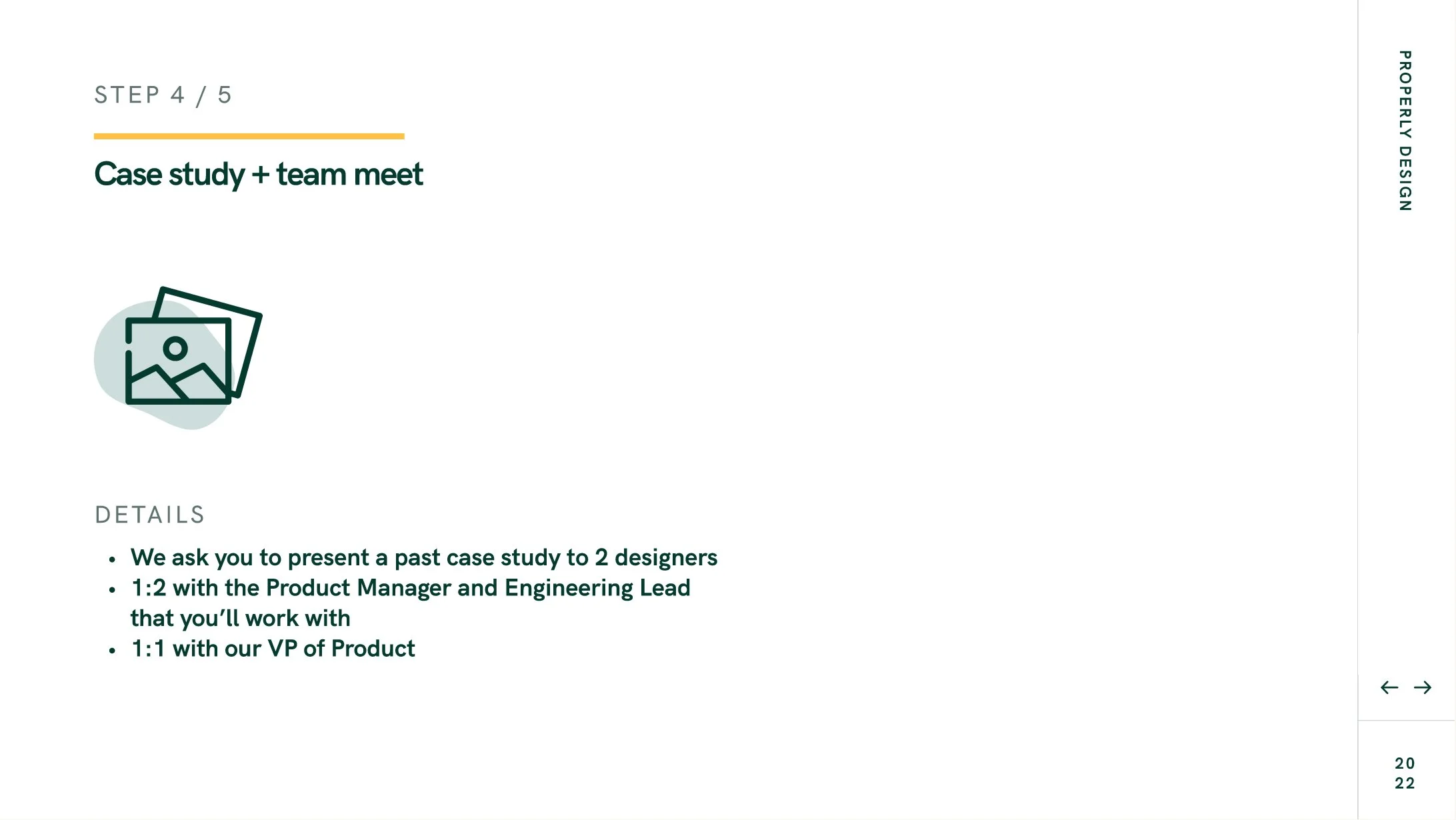
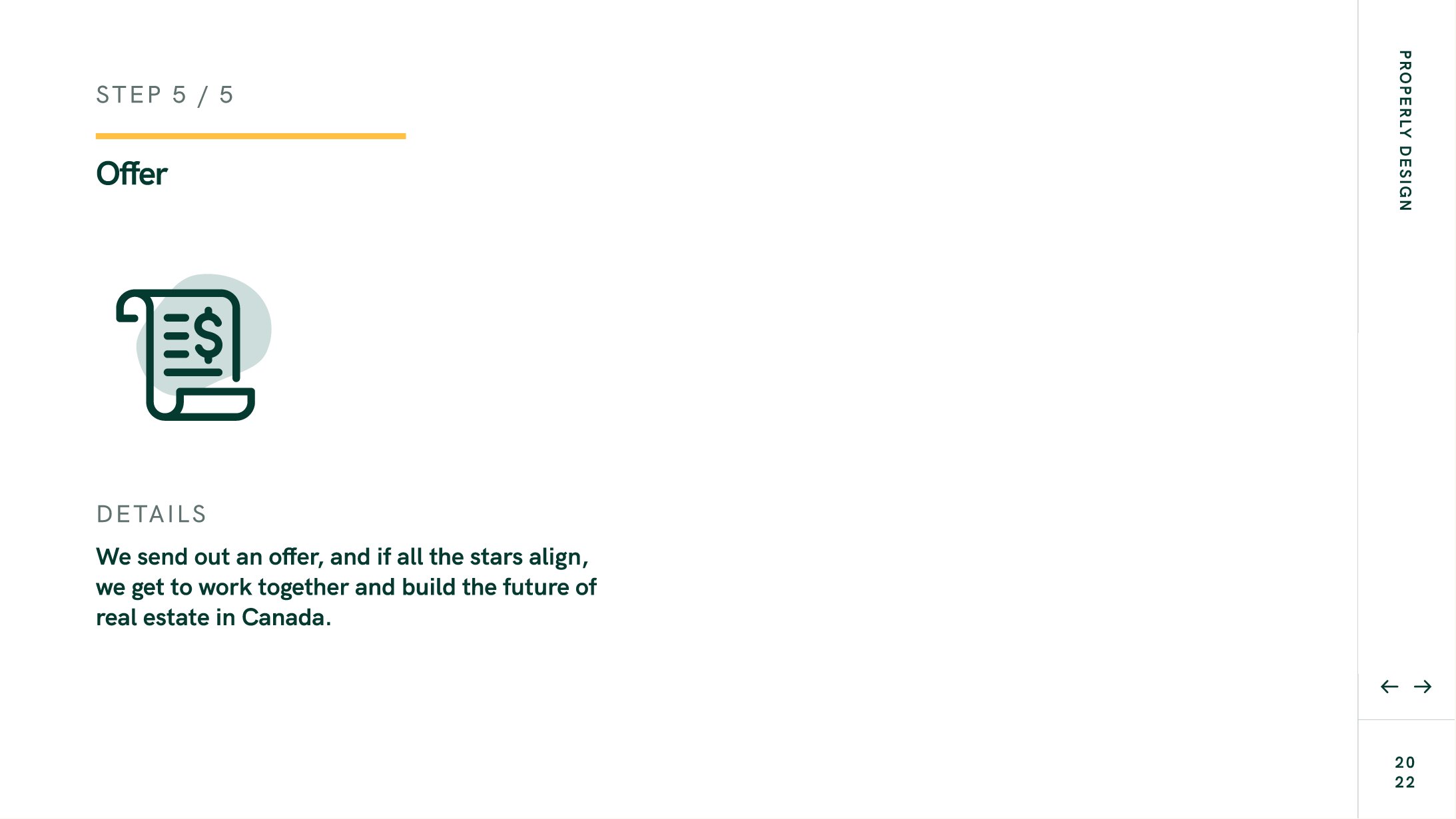
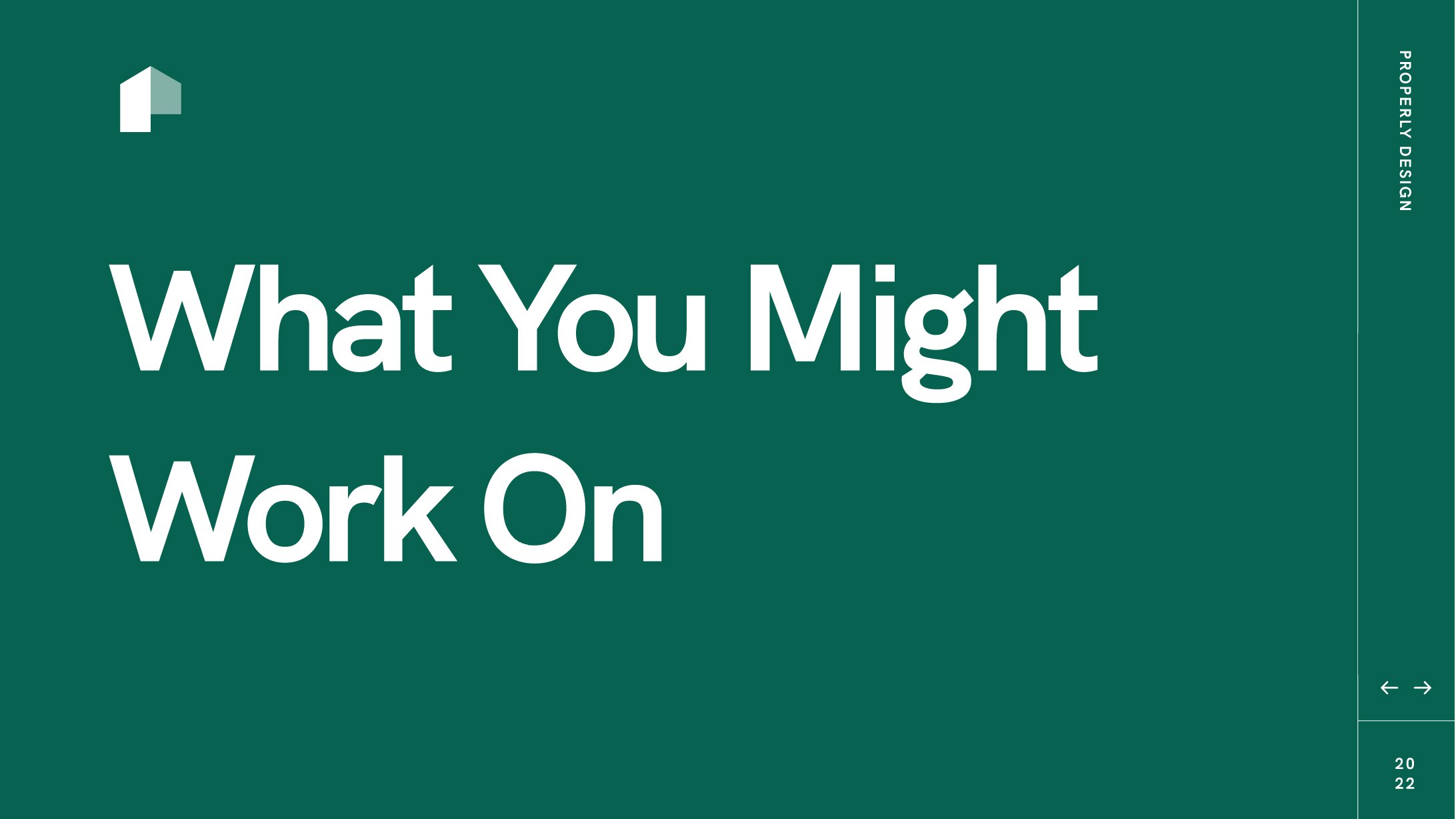
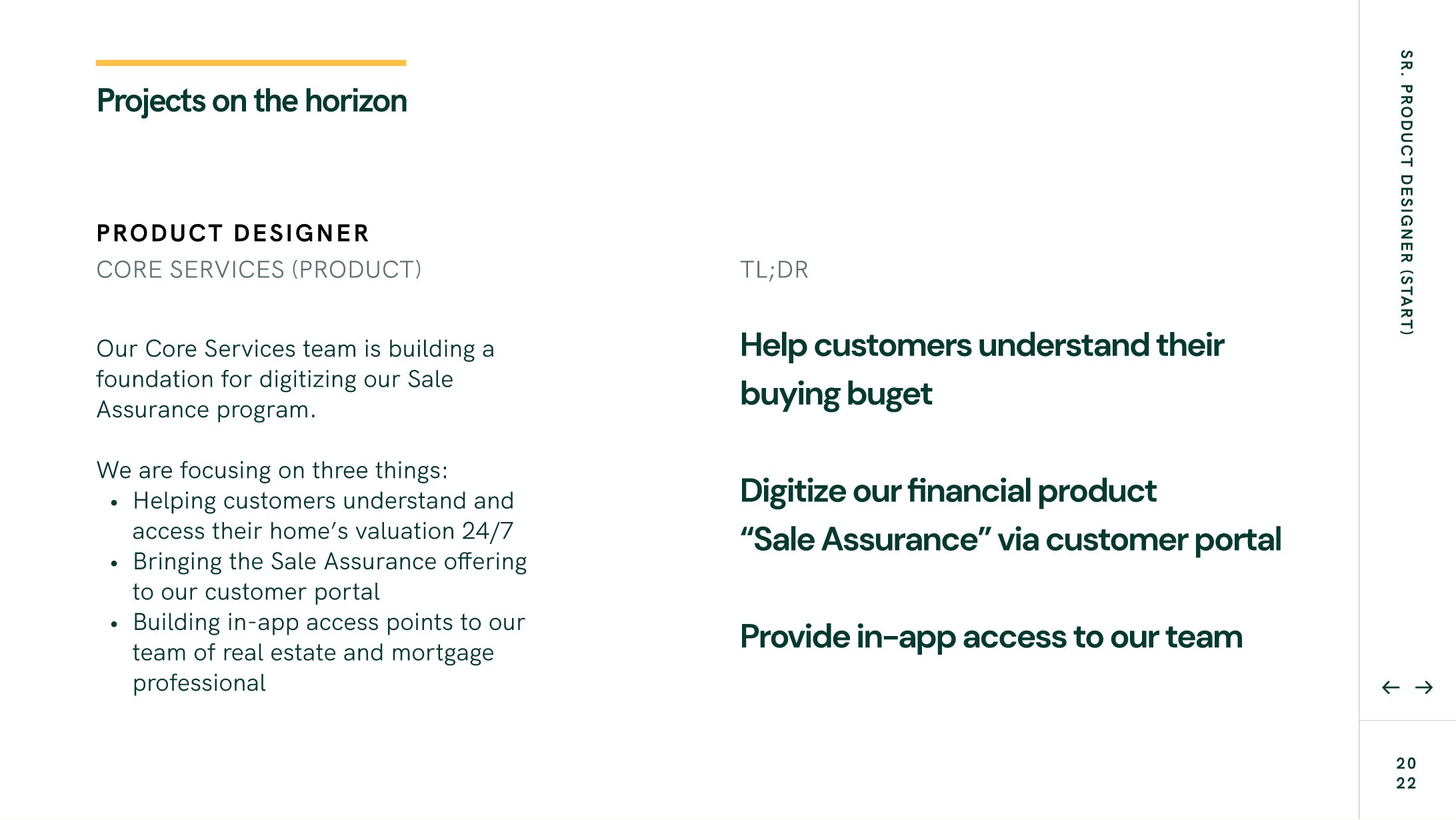
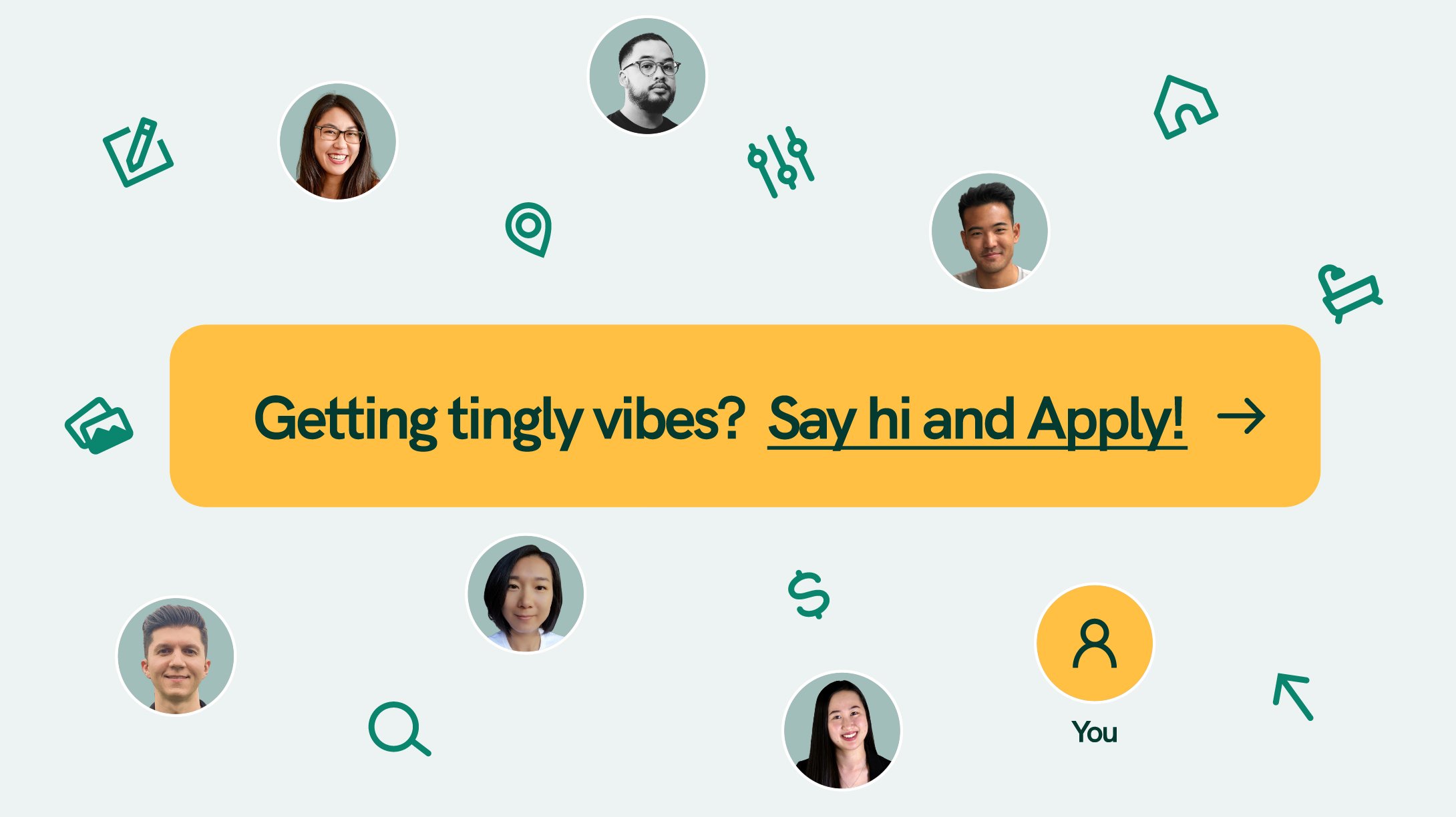
If you’re feeling brave and want to stand out in a designer’s inbox, you can also experiment with video. I created short 30-second clips and attached these to my outreach. It can be nerve-wracking to get started, but once you create your first few clips, you get more comfortable and sound more natural.
Reviewing portfolios
The most important representation of a designer’s career is not their resume, but their portfolio. I’ve reviewed hundreds of portfolios for every designer I’ve hired. The best portfolios should provide not only explanations of work, but should give insight into the personality of the designer as well. When browsing a portfolio, I look for a compelling narrative about the goals, constraints, and outcomes, the role the designer played relative to others, and how they and their team arrived at the ultimate solution.
A key failing of many design portfolios is they overwhelm with documentation. While understanding the process is important, nothing is more important than the final result and the impact it had.
To help candidates make a good first impression, I created the following portfolio case prompt, and sent to candidates 3-4 days before the interview.
Scoring portfolios
In order to decide whether to move the candidate forward, I created a quick scorecard that I and other panelists completed after portfolio interview. I paired this with notes and qualitative insights from the interview in order to reach a Pass / Skip decision.


